The peonies from the Caucasus region (NE Turkey, Georgia, Armenia, Azerbaijan and adjacent Russia) together with Iran harbor many peony species that are lesser known. The region is less accessible and from time to time political problems arise, often resulting in less peaceful ways to resolve them. My interest in peonies from that region stems from one particular cultivar bred by A.P. Saunders early in the 20th century: Ballerina. A.P. Saunders introduced many hybrid peony plants from different species, but Ballerina is my favorite amongst them all. It is a pale yellow double herbaceous peony, flowering early in the season with particularly beautiful brownish foliage when young. As an amateur hybridizer myself I was eager to use it in my crossing efforts early on but it turned out to be highly infertile, which could probably be somewhat expected as it was the triploid result of Paeonia wittmanniana (tetraploid) x Paeonia lactiflora (diploid) according to his notes. So to be able to have somewhat similar results I surely needed to go back towards P. wittmanniana, a plant which I didn’t have at the time. It wasn’t easy to obtain such a plant and most of the plants bought turned out to be wrong, but when I finally had a good one flowering I couldn’t help but notice that it flowered white. You might call it milky white perhaps, but surely not pale yellow. This is fully in accordance with what it should be actually, many taxonomic mistakes are simply the result of using dried specimens to describe species, and when the flowers in a living state are white/cream/pale yellow, those differences will tend to disappear. Now why was Ballerina pale yellow? We tried to find some more information on the species plants of A.P. Saunders and it turns out that he said it was a difficult growing plant of a pale yellow colour. Now that cannot be P. wittmanniana of course, given the colour. It would more probably be P. steveniana or, if it is a synonym, P. macrophylla. Remarkably A.P. Saunders also grew a plant he knew as P. macrophylla, a completely different plant for him with white flowers this time, not yellow nor cream. He later believed his P. macrophylla to be P. tomentosa due to the tomentose carpels, low growth, and depressed veins of the leaflets. However that species is also known to have pale yellow flowers. The most obvious candidate then would be P. archibaldii – which has white flowers but was not yet named in Saunders’ days – but those are supposed to have glabrous carpels, not the tomentose ones which the plant of Saunders had… We might say the puzzle only got more complicated and it’s one that we were eager to solve given the magnificent plant that Ballerina is. So, here’s our best effort to give an overview of the species in the wittmanniana group and other peony species from that region.
Paeonia wittmanniana near the Black Sea in Russia, around Sochi (in the background of the third image you can see P. caucasica)
Images by Аня и Митя Андреевы from mountaindreams.ru
The Caucasus is the region between the Black Sea and the Caspian Sea, but we also include Crimea and Iran in our overview as they are adjacent regions with somewhat related species. The map below gives the mountain ranges, (de-facto) countries and some regions, which may help to locate the species from the table below. What peony species do grow in that region? Botanists tend to differ widely in their opinions on this. The most widely used species classification is still Hong De-Yuan’s in his monograph “Peonies of the World”.1 For the species we are interested in here, there’s also his long publication ‘Paeonia in the Caucasus’.2 He recently added a third book in his series with some changes, but these don’t involve any of the species of this region.3 Which is somewhat bizarre given that two ‘new’ species in this region have been added in the last years by other authors: P. wendelboi4 and P. archibaldii5. There is also an excellent publication by Kemularia-Nathadze specifically on peonies from this region.6 Another great overview with many images was done by Elizaveta Punina and whilst this is in Russian there’s nothing Google translate cannot solve.7 Whilst we have no botanical nor horticultural training we have read quite a bit of literature, have seen many images and have grown several of the species and these have led us to, umm, ‘change’ Hong’s classification somewhat.
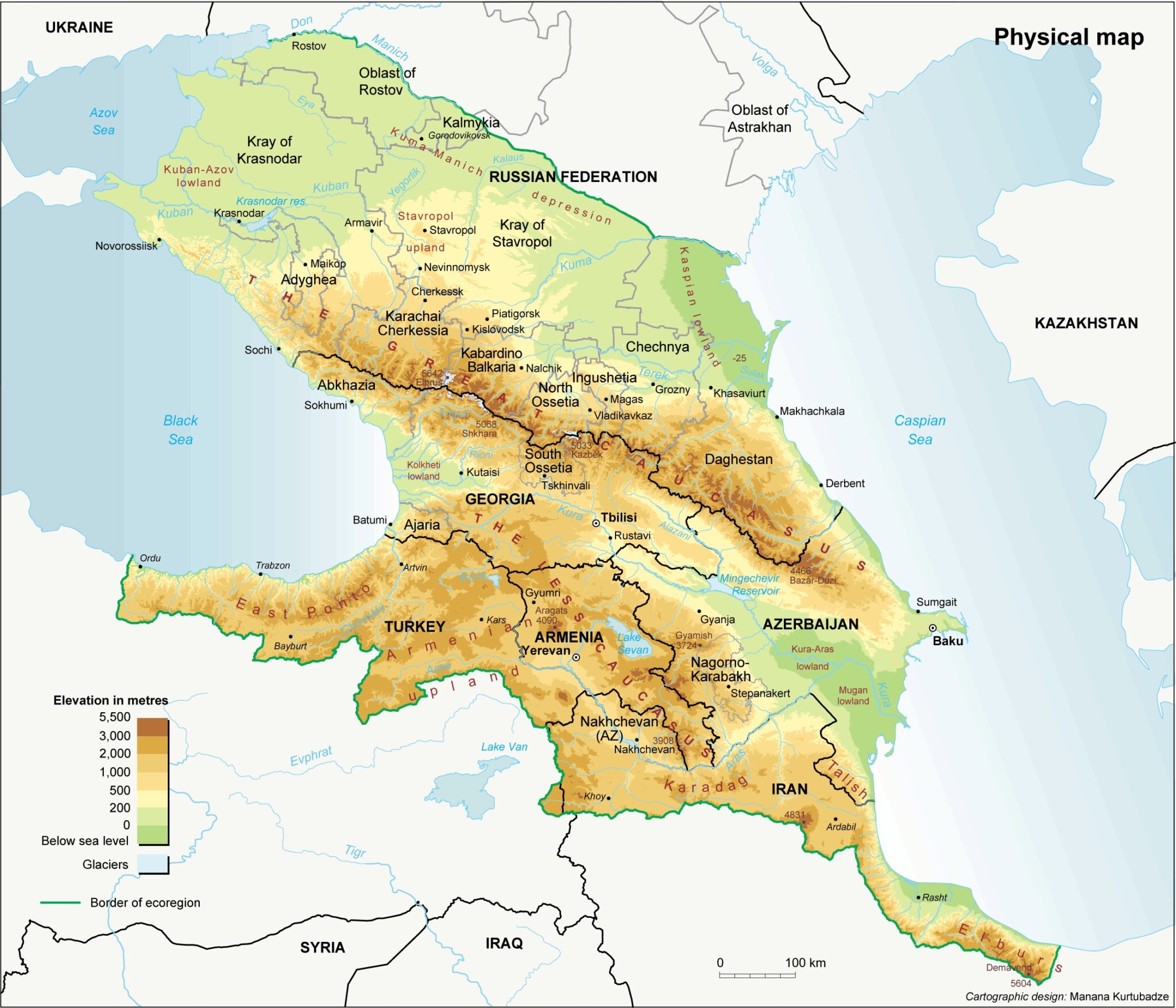
The caucasus region – Source: Edward W. Walker on Eurasian Geopolitics
| Paeonia species | Location |
| Paeonia arietina | Russia (Karachai-Cherkessia: Teberda Reserve) |
| Paeonia caucasica | Russia ( Kraj Krasnodar; Adygea; Karachay-Cherkessia and North Ossetia); Georgia (Provinces: Abkhazia; Svanetia; Megrelia; Imeretia; Adjaria; Kartli; Kakhetia) |
| Paeonia daurica ssp daurica | Crimea |
| Paeonia macrophylla ssp macrophylla | Lesser Caucasus Mountains: SW Georgia (Adjaria); NE Turkey (Rize) |
| Paeonia macrophylla ssp steveniana | Lesser Caucasus Mountains: Central Georgia (Samegrelo, Imereti and Upper Kartli provinces); Greater Caucasus Mountains: Russia (Karachay-Cherkessia, upper reaches of the Kuban river); Georgia (Svanetia); South-Ossetia |
| Paeonia mascula ssp mascula | W Iran (Kurdistan Province, near Chenareh village) |
| Paeonia mlokosewitschii ssp mlokosewitschii | Greater Caucaus mountains of Eastern Georgia (Kakheti Province: Lagodekhi & Kvemo Kedi); Russia (Dagestan) |
| Paeonia mlokosewitschii ssp wendelboi | Talysh Mountains: NW Iran (Gilan and Ardebil provinces) |
| Paeonia tenuifolia | Crimea; Russia (Kraj Krasnodar; Kraj Stavropol); Georgia (Provinces: Kartli; Mtskheta); N Azerbaijan (Gazakh-Tovuz region) |
| Paeonia tomentosa ssp tomentosa | Talysh Mountains: S Azerbaijan (Lenkoran region); NW Iran (Gilan province, Mazandaran province) |
| Paeonia tomentosa ssp archibaldii | Elburz Mountains: N Iran (Mazandaran and Golestan provinces) |
| Paeonia wittmanniana ssp wittmanniana | Greater Caucasus Mountains: Russia (Kraj Krasnodar, around Sochi); NW Georgia (Abkhazia) |
| Paeonia wittmanniana ssp nudicarpa | Greater Caucasus Mountains: Russia (Kraj Krasnodar, around Sochi); NW Georgia (Abkhazia) |
| Natural hybrid species (nothospecies) | |
| Paeonia x dmitrieva (P. macrophylla x P. caucasica) | Lesser Caucasus Mountains: SW Georgia (Adjaria) |
| Paeonia x lagodechiana (P. caucasica x P. mlokosewitschii) | Eastern Georgia (Kakheti Province: Lagodekhi, Ninigora Mountain) |
| Paeonia x litvinskajae (P. wittmanniana x P. caucasica) | Greater Caucasus Mountains: Russia (Kraj Krasnodar, around Sochi) |
| Paeonia x majko (P. tenuifolia x P. caucasica) | Central Georgia (Kartli province, near Igoeti) |
| Paeonia x maleevii (P. tenuifolia x P. daurica) | Crimea (Near the city of Alushta) |
| Sources: Kemularia-Nathadze, Sergey Banketov, Hong De-Yuan | |
Some short notes to clarify the most obvious differences between our overview and others, more details follow with the description of each different taxon. The placement of way too many subspecies under P. daurica – as Hong did – is something we don’t follow and only the Crimean P. daurica ssp daurica do we consider as true, although there may be some populations a bit alike in Turkey and Greece which should probably receive their own ‘subspecies’ name. We have placed P. archibaldii as subspecies under P. tomentosa because they are much alike and grow relatively nearby. P. wittmanniana receives another subspecies here with P. wittmanniana ssp nudicarpa. It is often given as a synonym for P. macrophylla and/or P. steveniana, but this is wrong we think. P. steveniana is placed as a subspecies under P. macrophylla, although we must say that this is the one we are least sure about and they might as well be synonyms, but we currently have no way of checking this. P. ruprechtiana is missing from the table as we consider it merely a form of P. caucasica. The distinctive forms of P. tenuifolia (P. carthalinica/P. biebersteiniana/P. lithophila) we also consider as synonyms, although they may also be viewed as subspecies if the differences are between populations instead of within populations. As to the so-called ‘wittmanniana’ group they consist here of: P. wittmanniana, P. macrophylla, P. tomentosa and all their subspecies.
Following are some more details for each (sub-)species, we’ll start in the North (Crimea) and then go Southwards through Russia into Georgia, then towards Azerbaijan and ending in Iran.
Paeonia daurica ssp daurica (diploid)
This species grows in Crimea (Ukraine/Russia depending on your political beliefs). Until recently it was thought that it might also grow a bit eastwards into Russia (Novorosiysk region), – hence the question mark on the image with Caucasian peony species – but this has proven a false hypothesis, only P. caucasica grows there. It is mostly characterized by its lower leaves composed of 9 leaflets which are rather small, more or less rounded, slightly upturned and wavy. The flowers are usually pale pink and the carpels are tomentose with pink stigmas whilst the filaments are pale pink or yellowish white. It is sometimes also referred to as P. triternata but P. daurica seems to be the ‘official name’ nowadays; even though daurica is a misspelling of taurica which was the old name for Crimea. Hong lists many other species as subspecies of this, mostly because they have the common characteristic of 9 leaflets, but many other differences can be found in our opinion and we thus only retain these Crimean populations as P. daurica. There are some daurica populations in Turkey which are somewhat different and those we think should be other subspecies to this one.
Dit bericht op Instagram bekijken
Paeonia x maleev (diploid)
A natural hybrid between P. daurica and P. tenuifolia only occurring in Crimea. P. tenuifolia is the seed parent, whereas P. daurica is the pollen parent (the cross in the other direction gives seedlings which totally resemble P. daurica and these will not be noticed). It is intermediate between the two and resembles P. anomala, P. hybrida and P. intermedia somewhat, but those species do not grow in this part of the world. It also resembles P. x majko somewhat, which can be found in Central Georgia. It is infertile, thus no seeds from them have ever been found. It is sometimes also known as P. x saundersii, because A.P. Saunders obtained this hybrid by crossing the parents himself. P. x saundersii is however also a bit broader as P. daurica is viewed by him as containing other subspecies as well like P. caucasica and thus P. x majko would also be synonymous with it.
Paeonia tenuifolia (diploid)
A well-known species with very fine leaves, multiple times dissected and with red flowers. It is rather short growing and loves open plains unlike most other Caucasian peony species that prefer some shade in forests (P. wendelboi is another exception). Again unlike most other species in the region it has tuberous roots, meaning the swollen roots are attached to the crown by thinner root portions. All other species in the Caucasus, except P. arietina and the natural hybrids with P. tenuifolia, have carrot shaped roots that are widest at the connection with the crown and then gradually become thinner. It can be found in Crimea, Russia, Central Georgia and northern Azerbaijan. There are some minor variations between populations, but those variations are usually also found also in populations and sometimes on the same plant, so we will not treat P. carthalanica, P. biebersteiniana and P. lithophila as different. But for those interested: P. lithophila is found in the Eastern part of Crimea and is smaller in all its parts compared to the usual P. tenuifolia. P. biebersteiniana is found around Stavropol and has on average somewhat wider leaflets (3-10 mm wide compared to 1-2 mm on Crimea) which are more greyish and sometimes have some pubescence above, whilst the indumentum on the carpels can be reddish to yellow (on Crimea they all have reddish indumentum on them). P. carthalinica can be found in Georgia in Kartli province and also has wider somewhat greyish leaflets (5-10 mm wide) but this time without the indumentum on them, although the difference with P. biebersteiniana is so small as to be hardly worth mentioning. As said, these will be only ‘averages’ and all those characters can be found on plants in all populations in fact. It is quite photogenic, especially when occurring in large numbers as you can find around Stavropol (Russia), hence it is photographed quite often when in bloom.
Dit bericht op Instagram bekijken
Paeonia arietina (tetraploid)
It is less known that this species also occurs in this region in Russia, close to Georgia, but it is very localized. It was at first confused with P. officinalis, which is quite alike of course. It has much divided leaflets which are rather narrow and dark pink petals. It is widely distributed in Turkey, but thus not so widely in the Caucasus itself.
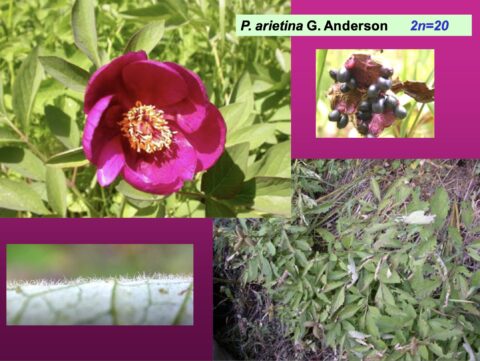
P. arietina in Russia – E.O. Punina
Paeonia caucasica (diploid)
A species distributed rather widely in the Caucasus, from the Russian side of the Black Sea and nearly all over Georgia. Growing in dense shade in the forests at altitudes up to 1,000 m. It shares with P. daurica from Crimea the 9 leaflets on the the lower leaves, but the leaflets are larger, somewhat downward facing to drain the rainwater away, lengthier and less wide, have more pointed edges and lack the wavy edges. So we wouldn’t really name it P. daurica ssp coriifolia as Hong has done and we stick to the better-known older name P. caucasica. The leaflets are only sparsely tomentose on the backsides at most and the flowers are usually red, although there are also pink and white ones. A form with darker leaflets is sometimes found and is known as P. ruprechtiana. Given that these are rare and found within the normal P. caucasica populations, we ‘d rather not consider this a separate species, but merely a form. Many hybrids with P. caucasica can be found as it often grows together with other species.
Paeonia wittmanniana (tetraploid)
(ssp wittmanniana/ssp nudicarpa)
Along the Black Sea Coast of Russia towards Georgia and into Abkhazia (a de-facto autonomous region within Georgia) you can find the species which started this article: Paeonia wittmanniana. We don’t really like botanical nomenclature and we leave most of it behind when possible. But that can simply not be done here because of the terrible taxonomic mess. First of all two different species were given the same name in the span of a few years. Paeonia wittmanniana was first given to the species from Abkhazia with white flowers and tomentose carpels by Lindley, thus as those botanists would say: P. wittmanniana Hartwiss ex Lindley, 1846. A few years later another botanist, Steven, – unaware of this – named another species from Central Georgia with the same name: P. wittmanniana Steven, 1848. That last one was pale yellow and had glabrous carpels. It’s not difficult to imagine that the mess of the wittmanniana group all started here. The older description takes precedence in botanical nomenclature thus P. wittmanniana ex Lindley can be found growing in northwest Georgia, Abkhazia and adjacent Russia, mostly around Sochi.
It always has white flowers, not pale yellow, and is also characterized by the glossy dark green leaflets which P. tomentosa and P. macrophylla lack. The leaflets are usually less wide and somewhat lengthier as well. When young they are not blackish brown as in tomentosa and macrophylla, but rather slightly bronze green and more widely developed from the onset. It is a rather tall plant, is tetraploid and grows at higher altitudes. The research of Hong on this species is not particularly good we think. He was unable to visit the localities where it grows due to safety concerns and had to rely on herbarium specimens and plants in the botanical garden of Tbilisi in Georgia. This resulted in a description of a species with both yellow and white flower petals and both glabrous and tomentose carpels.
The problem is this: P. wittmanniana has populations with either glabrous carpels or tomentose carpels. At some places you can find them on the same mountain, as on Mamdzyshkha mountain in Abkhazia, where the tomentose ones grow at a lower altitude in the mountain forests and the fewer and smaller populations of glabrous ones higher up in the Alpine region of that same mountain, but they never grow together. This means they are always different populations and this also means that they should be considered as two different subspecies according to Hong’s reasoning (one different characteristic, geographic altitude isolation). So we have P. wittmanniana ssp wittmanniana for the tomentose ones and P. wittmanniana ssp nudicarpa for the glabrous ones. Paeonia wittmanniana ssp nudicarpa is considered synonymous by local botanists with the pale yellow P. macrophylla/P. steveniana because those also have glabrous carpels. But in reality P. wittmanniana ssp nudicarpa is different in both the glossy leaflets and white petals and thus the synonymy is wrong. To keep matters complicated the original ‘type specimen’ (plant from which a species is described) of P. wittmanniana ssp nudicarpa is from a collection in Turkey and is thus actually a P. macrophylla. The best name to describe our subspecies is thus already taken by something else again and botanists would probably prefer to give the glabrous P. wittmanniana yet another name.
That’s why we consider P. wittmanniana with two subspecies here, the only difference between them being the tomentose/glabrous carpels. The difference of the carpels is shown below where you can see P. wittmanniana ssp wittmannia, P. wittmanniana ssp nudicarpa and P. macrophylla.
Paeonia macrophylla (tetraploid)
(ssp macrophylla/ssp steveniana)
This species is for some best split into two different (sub)-species and for others best lumped together. We treat it as synonymous with a continous variation of some characteristics, as we did for P. tenuifolia. The typical form of P. macrophylla ssp macrophylla can be found in SW Georgia (Adjaria), but is also growing over the border in NE Turkey (Kackar Mountains) whilst the typical P. macrophylla ssp steveniana is to be found in central Georgia (around Borjomi) and grows also in northern Georgia and a bit into adjacent Russia. Both forms are characterised by glabrous carpels with long styles and stigmas and yellow flowers. In both the leaflets are not shiny as they are in P. wittmanniana, and when starting growth they are somewhat brown black coloured before turning a dark green. The differences are otherwise rather small between the two forms and are indicated below. Do keep in mind that the description of the leaflets is always for the lowest and thus largest leaf on the stems, those also have the most and largest leaflets. The ones more above on the stem may show the differences far less.
P. macrophylla ssp steveniana having somewhat deeper yellow flowers which don’t open as wide because they have inward leaning (concave) petals and the leaflets being somewhat intermediate between subspecies P. macrophylla ssp macrophylla (large and very wide leaflets) and species P. wittmanniana (rather narrow leaflets, gradually becoming smaller at the base (“tapering”), meaning some 9-13 cm long and 5-7 cm wide on average).
P. macrophylla ssp macrophylla has larger leaflets which are especially much wider than P. wittmanniana, and has wide open pale yellow to cream flowers. At the end of blooming those cream flowers fade and could also be described as milky white. It was named for the large leaflets and those are on average 12-15 cm long and 8-12 cm wide, with some of the largest ones being 19 x 13 cm.
Below is what should be P. macrophylla ssp macrophylla in Adjaria (or close to the border of it)
And this ought to be P. macrophylla ssp steveniana in Central Georgia up to Russia
Paeonia x litvinskajae (tetraploid)
This natural hybrid derives from P. wittmanniana x P. caucasica it is argued. It has all the characteristics of P. wittmanniana except for the petals which show varying degrees of pink. Some people argue that these colour forms might only be natural variations and at first we agreed with this. The fact that P. wittmanniana is tetraploid and P. caucasica diploid makes for difficult hybridizing and should theoretically result in infertile triploid plants. P. x litvinskajae however is a fertile tetraploid with all characteristics of P. wittmanniana.
On the other hand it does very occasionally happen that some pollen from diploid plants is also diploid (unreduced gametes) instead of the usual haploid and these would thus be able to fertilize P. wittmanniana. It does not happen very often it must be said, but field exploration has shown that P. x litvinskajae can only be found in very local groups within populations of several thousands of P. wittmanniana plants. When the population is smaller with only a few hundred P. wittmanniana plants mixed with P. caucasica, there are no P. x litvinskajae. So that goes some way towards explaining the hybrid nature: a very rare cross of these two species resulting in a fertile plant which will then obviously be able to pollinate other plants nearby.
Another possibility might be that the extremely rare tetraploid P. arietina, now a very local species in the Caucasus, used to grow more widely in the past and hybridized with P. wittmanniana. Whatever it be, some of the plants are very attractive.
Paeonia x dmitrieva (tetraploid)
This natural hybrid is somewhat comparable to P. x litvinskajae, although P. wittmanniana is not the mother here but rather P. macrophylla and thus we have yellow with pink instead of white with pink for the petals. It was only recently described from populations in Adjaria where you can find P. macrophylla and P. caucasica growing together.8 The same remarks about P. x litvinskajae can be given. There are some populations (in Central Georgia) of P. macrophylla/P. steveniana with those colour forms that have no other species growing in its surroundings, so the natural variation hypothesis should not be completely thrown away. Again, whatever it is, pretty plants they are.
P. x majko (diploid)
A very rare and small population of some 5 plants, so hardly worth mentioning at all. A natural cross between P. tenuifolia and P. caucasica with the resulting hybrids being apparently infertile. It has erroneously been taken for P. hybrida, P. intermedia and also resembles P. x maleev and P. anomala a lot.9 It can be found in Georgia, Kartli province, somewhere near the village of Igoeti where its parents also grow.
Paeonia mlokosewitschii (diploid)
A yellow peony that grows in NE Georgia (Kakhetia Province) and adjacent Daghestan of Russia; perhaps also in adjacent Azerbaijan. In NE Georgia it grows in Logedekhi nature reserve, which borders the two other countries, and also somewhat more southernly in that same province. It may or may not be extinct in Daghestan, conflicting reports exist about this. The place where it was described from (mountain Ninigora) also happens to be a place where P. caucasica grows and hence the hybrid P. x lagodechiana. In other localities however pure P. mlokosewitschii can still be found and those are all yellow-flowered. Now this species is commonly accepted as Paeonia daurica ssp mlokosewitschii (Lomakin) D.Y. Hong which means the treatment of Hong stands.10 Unfortunately Hong’s team sampled the type locality of both P. x lagodechiana and P. mlokosewitschii together and treated it as one population of the latter whilst they didn’t visit the other localities where only P. mlokosewitschii grows. If you start with false data, the chances of drawing the wrong conclusions are rather large of course, so his team got them wrong. Their description of P. mlokosewitschii as a species with a very high degree of colour variation is not true to reality. Even more, their classification of it as a subspecies of P. daurica doesn’t seem right to us. The reasoning is that it has 9 leaflets on the lowest leaves and that it crosses easily with P. daurica ssp daurica. The 9 leaflets may well be right for P. daurica ssp daurica, P. caucasica or P. wittmanniana but here it is wrong, as visits to Lagodekhi attest they most often have 11 leaflets.11 And given that you can also easily cross some other different species the second reasoning is also not particularly relevant. Hong states: “Among the five subspecies of P. daurica, ssp. mlokosewitschii is relatively distinct; its leaflets are usually obovate with rounded but mucronate apex, mostly sparsely or rather densely puberulous, but sometimes glabrous.”12 Those puberulous (= very fine) hairs and the specific tip of the leaflets set it apart from all other peonies in the region and thus even if you forget his miscounting of the number of leaflets and messing up of the petal color, those two characteristics should already suffice to treat it as a different species according to his own criteria. But no…
The confusion with P. x lagodechiana also results in many wrong images and descriptions of the species, but let’s give it a try. It has glaucous leaves (pale greyish green or bluish green as you sometimes see on blue grapes, some kind of waxy coating which easily rubs of). The lowest leaves are made up mostly of 11 leaflets and they are rather lengthy (6-10 cm long, 3-6 cm wide), obovate (widest part above the middle) and at the top slightly rounded but with a short pointed tip. The backside of the leaflets are tomentose but the hairs are very fine and you’ll have to look very hard to see them. The flower itself is yellow and the filaments are pale yellow. The stigma itself is usually very pale pink. The carpels are tomentose. The plant is often collected for medicinal purposes and some are taken from nature to grow in gardens, so the population is dwindling, although repopulation efforts are under way.13 In much of the Western world many plants of this species are selected yellow forms from P. x lagodechiana because seeds have been collected most often in Lagodekhi. If you start with a yellow form of P. x lagodechiana however, the genes will have much more variability and thus seeds may result in a plant that can be pinkish in colour or have other characteristics going back more towards P. caucasica like darker filaments and stigmas or more pointed leaflets. Unlike other species plants where you can make protected crosses to end up with ‘true’ plants, this cannot be done with a natural hybrid like P. x lagodechiana which came disguised as a yellow P. mlokosewitschii. To do that you’d have to grow the ‘true’ P. mlokosewitschii and that one is rather hard to come by.
Paeonia x lagodechiana (diploid)
Given the long explanation when describing P. mlokosewitschii, we can be rather succinct here. Only to be found in Lagodekhi, Georgia, this is the natural hybrid from P. caucasica x P. mlokosewitschii. This hybrid is rather fertile, thus further backcrosses result in plants that tend more to the father or the mother. It has a very wide colour pallette ranging from whites to yellows over pale pinks to nearly reds and has bicoloured flowers as well. Many of the flowers also change colour over time, so the sight of a field of these plants is quite breathtaking. It is also known as P. x chamaeleon, but this is merely a synonym used for manmade crosses between the two parents.
Paeonia tomentosa (tetraploid)
Within Armenia and Azerbaijan not many peonies are actually found, or at least not many have been well documented. Some rare P. tenuifolia in both, but the most interesting species is P. tomentosa which grows in the Talysh mountain range which starts in southeastern Azerbaijan and goes along the Caspian Sea into northwestern Iran (Ardabil and Gilan provinces). This species grows there in the Hyrcanian forests. Thanks to high humidity caused by the proximity of the Caspian sea and the rain not able to pass the mountains the Hyrcanian forests are a rich biodiverse broadleaf forest, mostly consisting of oriental beech trees, completely different from the areas surrounding it which are (semi)-desert.
The lowest (and thus most divided) leaves of P. tomentosa consist of 9 dark green large leaflets (6-8 cm long, 3-6 cm wide) which can be ovate, obovate or elliptical with an acuminate tip. The veins of the leaflets are also remarkably protruding on the backside relative to the leaf tissue. That leaflet backside is densely tomentose with long straight hairs giving a greyish appearance overall. The petal colour is pale yellow, whilst the filaments of the stamens are reddish, sometimes halfway turning yellow. The carpels are tomentose whilst the style and stigma are pale pink.
Given that P. tomentosa grows a far distance from P. wittmanniana, P. macrophylla and P. mlokosewitschii, there’s not a chance that you’d confuse it with them when visiting the places where it grows. However for most of us we’ll have to do with the few specimens we can collect or see in botanical gardens. The majority of these will probably be garden hybrids and thus intermediate, but here are some ways to see if they are as should be:
To distinguish P. tomentosa from P. mlokosewitschii:
- P. tomentosa has flowers which are a paler yellow
- the filaments are reddish pink and not fully pale yellow
- the leaves consist of only 9 leaflets at most, not 11, 12 or 13
- the leaflets have protruding veins at the back of the leaflets and are thus not flat
- the leaflets are greyish on the backside due to the many long straight hairs, not greenish with fewer very short hairs
To distinguish it from P. wittmanniana
- it has pale yellow petals and thus not white
- it has dark green leaflets which are greyish on the backside, not shiny green on both sides
- the hairs on the backside are straight, not curvy as in P. wittmanniana
- the leaflets are broader at the base and not tapering
To distinguish it from P. macrophylla, which probably comes closest:
Paeonia mascula ssp mascula (tetraploid)
Surely not to be included with the Caucasian species, but as we also include Iran in this overview, we cannot leave it out. There is one isolated very small population of this species in Kurdistan province in NW Iran, on the border with Iraq.14 It was at one time in the past also known as P. kurdistanica. The species itself is very common around the Mediterranean, but nowhere to be found in the Caucasus. These are the only red flowered peonies in Iran and we’ve never seen a single image of it, which is to be expected as it is so rare, and very localized in a faraway region. It has glabrous stems and leaflets, the leaves consisting of 11-18 leaflets, ovate to elliptic, acute to acuminate at the top. Flowers thus red, carpels tomentose. Many images of this species in other locations can be found elsewhere, as in the article on peonies of Turkey.
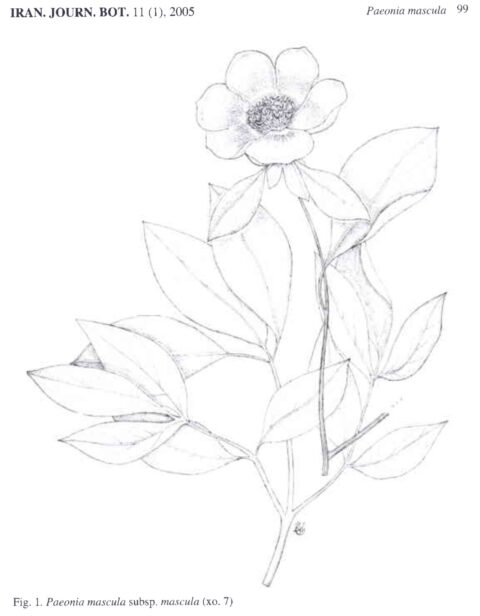
P. mascula ssp mascula in Iran – Maroofi Hosein
Paeonia mlokosewitschii ssp wendelboi (diploid)
We consider this a subspecies, but there are also those who think it is a species. The current scientific agreement seems to be to regard it as a species P. wendelboi. As we are merely amateur writers instead of scientific ones, we don’t really need to bother about it and as it is very alike P. mlokosewitschii with some minor differences, we thus treat it as a subspecies. This means that the Georgian P. mlokosewitschii itself should then actually be written as P. mlokosewitschii ssp mlokosewitschii. Hong has never written anything about this one, not even in his latest addition to his acclaimed series, which we find quite remarkable. Whereas you can find P. mlokosewitschii in the lower and middle mountain forests of Lagodekhi Nature Reserve, this one is to be found on the western side of the Talysh mountains in Iran, thus not in the humid Hyrcanian forests on the other side where P. tomentosa grows. Here in the semi-dry mountains P. mlokosewitschii ssp wendelboi gladly bakes in full sun during Summer and experiences some harsh cold in Winter. No trees around, mostly dry rocks, so it’s fair to say that this one is an outlier when it comes to its natural habitat. The Russian botanist E. Punina considers this a rather xerophytic (=needing very little water) form of P. mlokosewitschii.15 Compared to P. mlokosewitschii ssp mlokosewitschii the leaflets are shorter and the plants are also shorter. It should also be even a bit deeper yellow.16 Before it was named P. wendelboi, it was supposed to be P. mlokosewitschii in fact and is sometimes also known as P. iranica.
Dit bericht op Instagram bekijken
‘Yellow’ is of course a broad color description and there are quite a few ‘yellow’ peonies in the Caucasus. It’s a color which is also difficult to photograph and depending on the camera and amount of light or shade you will often find that the image shows it deeper yellow or much paler, which means images can be a faulty guide. To give some guidance on the ‘yellow’ peony species of the caucasus, let’s list them according to their degree of ‘yellowness’. Remark however that even the most yellow species, P. wendelboi, will not be as deep yellow as you will see in P. delavayi (P. lutea).
P. wittmanniana: despite all descriptions you may encounter, this is white, ‘milky’ white at most
P. tomentosa ssp archibaldii: white, but often somewhat creamy yellow in bud, something which disappears on opening
P. macrophylla ssp macrophylla: this is the palest yellow one, described by Hong as ‘yellowish white’ and those creamy petals turn to white at the end of blooming
P. macrophylla ssp steveniana: this will usually be described as pale yellow, not as white
P. tomentosa ssp tomentosa: pale yellow again, probably more or less like steveniana
P. mlokosewitschii ssp mlokosewitschii: more yellow than the former ones, but still best described as pale yellow
P. mlokosewitschii ssp wendelboi: the deepest yellow of all herbaceous species
Paeonia tomentosa ssp archibaldii (tetraploid)
At last we are here, the final species to describe :-) The Hyrcanian Forests not only run along the Talysh Mountains along the Caspian Sea in Gilan Province of Iran. They go somewhat further along the Elburz mountains in Mazandaran and Golestan Province. Somewhere along this line we find something which resembles P. tomentosa described before, but still somewhat different from it. It was often misnamed as is the case with many of those in the wittmanniana group. Nowadays it is better known as P. archibaldii. Again we don’t follow current nomenclature, because the difference is rather small and because the description of the species was based on a single plant and that’s obvious a very small sample to describe a whole population. P. archibaldii is officially described as being totally glabrous for both leaflets and carpels, having white flowers and being very short, flowering almost at ground level. Now the images herewith do show a plant with white flowers, although in bud they may be somewhat pale yellow. But some do also show carpels with some hairs and which are thus tomentose, though never as much as in P. tomentosa from Talysh mountains. The same goes for the backside of the leaflets, some people who grow this species (from the same seeds from which the type specimen was grown) report that it does have some hairs there. As you can see from the images, they don’t always flower at ground level as well. And the leaflets shape are remarkably reminiscent of P. tomentosa. So with all these remarks we have decided to simply regard it as a subspecies of P. tomentosa, which is somewhat shorter, has white petals and is less (or not) tomentose.
Dit bericht op Instagram bekijken
So, after going through all the species, have we come to a conclusion about what peonies A.P. Saunders actually used? Apart from the possibility that he mostly had garden hybrids, we actually did. He has registered many hybrids with either P. macrophylla and P. wittmanniana as one of the parents. Both of these plants were mislabeled. His “P. macrophylla”, a low plant with white flowers, tomentose carpels and deeply depressed veins should be P. tomentosa ssp archibaldii from the Easternmost region of the Hyrcanian forests (Mazandaran, Golestan provinces in Iran) along the Caspian Sea. The hybrid we admire so much, Ballerina, which was claimed to be from “P. wittmanniana” x P. lactiflora is actually from P. steveniana/P. macrophylla x P. lactiflora. Given that he states the very large leaves for his other plant and not this one, it will probably have been a plant not from Adjaria (P. macrophylla), but rather from Central Georgia (P. steveniana) as those latter have smaller leaflets. So to repeat his cross we’ll need some P. macrophylla/P. steveniana. As it happens the only flowering plant of the wittmanniana group we grow is P. wittmanniana ssp wittmanniana. As far as we know, A.P. Saunders never actually grew any true P. wittmanniana and his work is the foundation for the great majority of all modern day herbaceous hybrid plants. So whilst we have no short-term possibility to repeat his crosses in the hope of obtaining something alike Ballerina, we do have some options with P. wittmanniana at least, which is itself a very attractive plant.
Final remark: we have read quite a lot about the peonies from this region, but have never been able to visit and have not seen all species in real life. If you have seen them in their natural habitat or have seen errors or omissions (of which there are always some), please do not hesitate to post them in the comments below or contact us so we can update the contents. Next to that we have used many images to illustrate all the species. Given that most of the images were posted on social media and free for all to see or share it did seem reasonable that we could use them as well, but if you feel your photo shouldn’t be here and ought to be removed, please tell us and it will be done so.
Updates:
Jan 30, 2023. Thanks to reviewing by Vladimir Ranislavic, some errors were corrected. Thank you.
Feb 1, 2023. Thanks to information from Sergey Banketov, the distribution table was updated for P. macrophylla ssp steveniana, P. caucasica and P. daurica. P. x maleev direction of the cross was updated. P. x lagodechiana idem. Info on the type specimen of P. wittmanniana ssp nudicarpa was added. Thank you.
Feb 2, 2023. P. x maleev information updated to include note on infertility and the fact that P. x saundersii could be synonymous with both P. x majko and P. x maleev. Thank you Ruslan Mishustin.
Feb 3, 2023. Added more info on the ‘variations’ of P. tenuifolia, suggested by Vladimir Ranislavic. Thank you.
Feb 22, 2023. After finally recovering a long-lost comment on Facebook, the locations on the mountains for P. wittmanniana ssp wittmanniana and P. wittmanniana ssp nudicarpa have been altered to reflect reality. Thus the glabrous ones higher up the mountain.
- De-Yuan, Hong. “Peonies of the World: Taxonomy and Phytogeography.” Kew: Kew Publishing, 2010, 302 pp.[↩]
- De-Yuan Hong & Shi-Liang Zhou. “Paeonia (Paeoniaceae) in the Caucasus.” In: Botanical Journal of the Linnean Society, 2003, vol 143, pp. 135–150.[↩]
- De-Yuan Hong. “Peonies of the World. Part III: Phylogeny and evolution.” Kew: Kew Publishing, 2021, 292 pp.[↩]
- Ruksans Janis & Henrik Zetterlund. “An Iranian peony to honour Per Wendelbo.” In: International Rock Gardener, 2014, vol 82, no 2, pp. 230-237.[↩]
- Ruksans, Janis. “Paeonia archibaldii Ruksans – A new peony species from Iran.” In: International Rock Gardener, 2018, vol 86, no 102, pp. 3-13.[↩]
- Kemularia-Nathadze LM. “Kavkazkija predstavileli roda Paeonia L. (Caucasian representatives of the genus Paeonia)” In: Not Syst Geog Inst Bot Tbiliss, 1961, vol 21, pp. 1-51. An english translation of this can be found on Carsten Burkhardt’s fantastic peony site.[↩]
- E.O. Punina. “Wild peonies of Russia and neighbouring territories.” Botanical Institute. V.L. Komarova RAS St. Petersburg, s.d., 46 pp.[↩]
- I. N. Timukhin & Kh. U. Aliev. “Paeonia × dmitrievae (Paeoniaceae), a new nothospecies from Adjaria (South-West Georgia).” In: Turczaninowia, 2018, vol 21, nr 3, pp. 51–54.[↩]
- E.O. Punina, E.M. Machs, E.E. Krapivskaya, E.S. Kim, E.V. Mordak, Y.A. Myakoshina, A.V. Rodionov. “Interspecific Hybridization in the Genus Paeonia (Paeoniaceae): Polymorphic Sites in Transcribed Spacers of the 45S rRNA Genes as Indicators of Natural and Artificial Peony Hybrids.” In: Genetika, 2012, vol 48, no. 7, pp. 684–697.[↩]
- See Plants of the World online: https://powo.science.kew.org/taxon/urn:lsid:ipni.org:names:70029773-1[↩]
- Templar, Judy. “Paeonia mlokosewitschii in Georgia.” In: The Peony Group of the Hardy Plant Society Newsletter, Autumn 2014, pp. 11-11.[↩]
- Hong, 2003, p. 146[↩]
- Nadiradze T & Eradze N. “Overview of Paeonia mlokosewitschii L”. In: World Journal of Advanced Research and Reviews, 2020, vol 6, no. 2, pp. 5-8.[↩]
- Maarofi, H. “Record of Paeonia mascula (paeoniaceae) from Iran.” In: The Iranian Journal of Botany, 2005, vol 11, no 1, pp, 95-97.[↩]
- Comment by her in Facebook group ‘Paeonia species (only species)’ in a discussion on this species[↩]
- Assadi, M. “A taxonomic revision of the genus Paeonia (Paeoniaceae) in Iran.” In: Iran. J. Bot., 2016, vol 22, no 2, pp. 75-78.[↩]
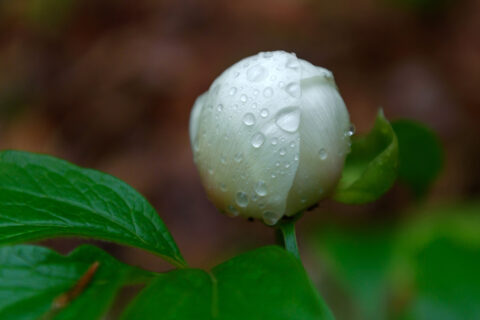
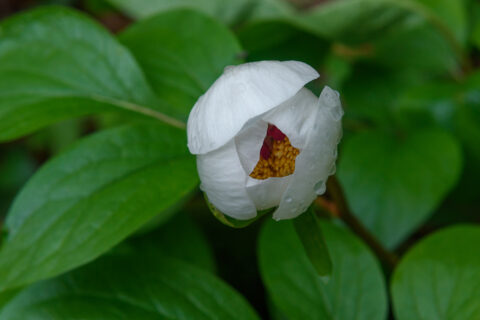
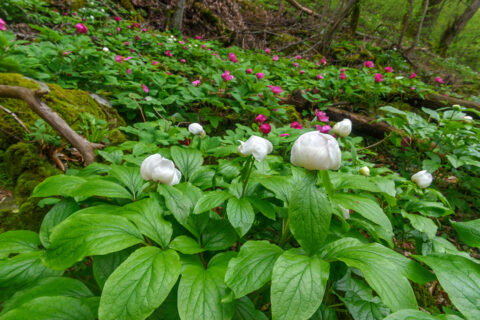
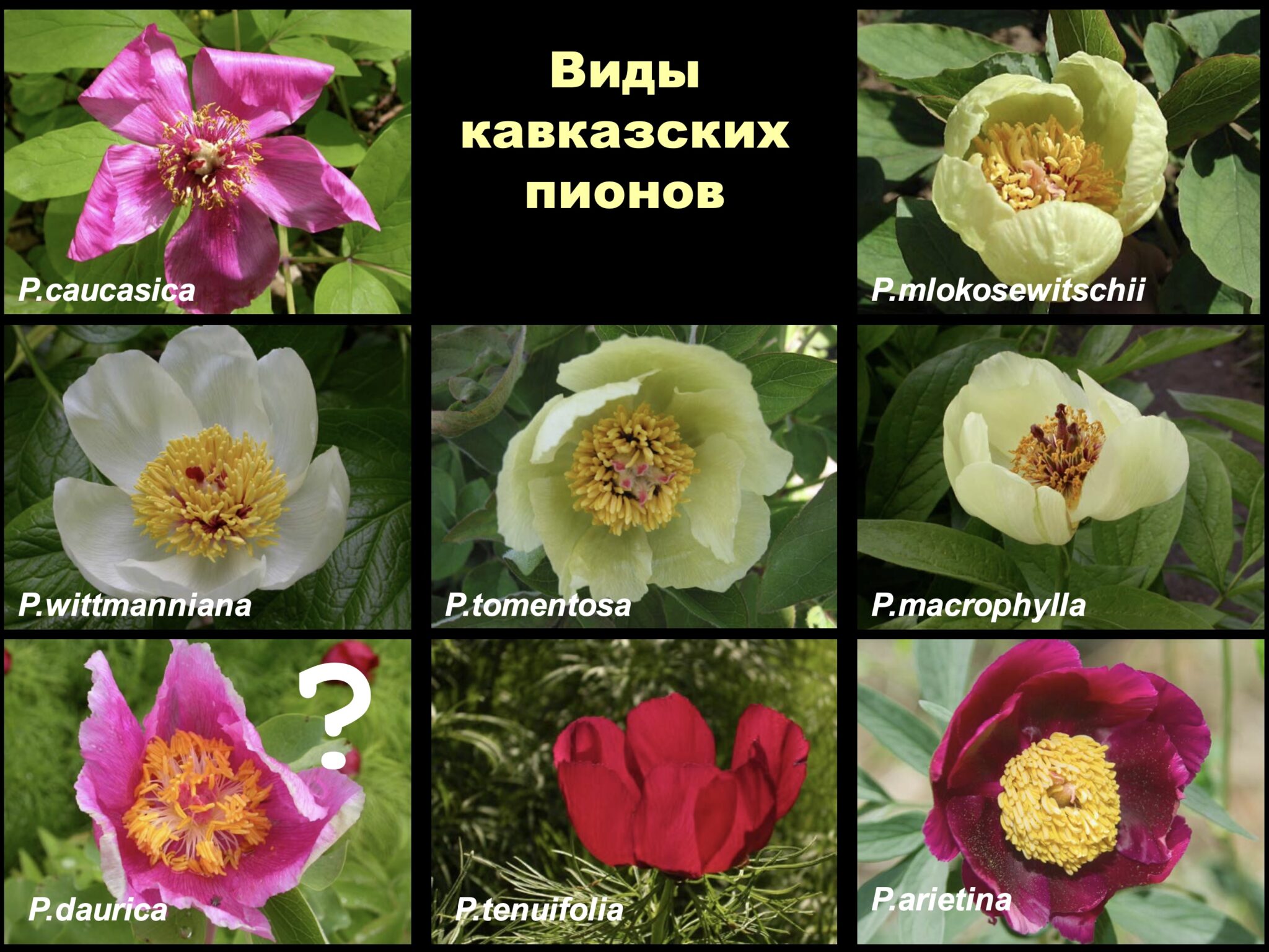
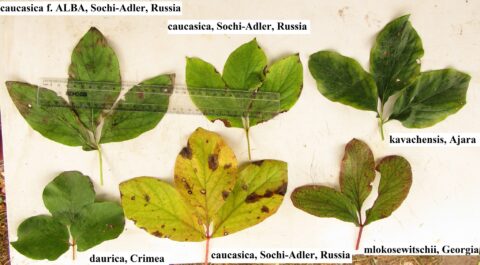
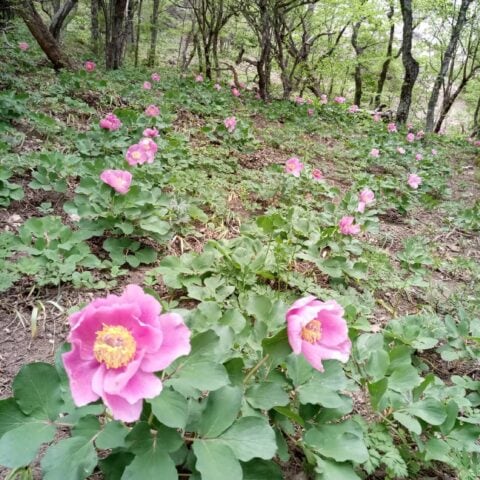
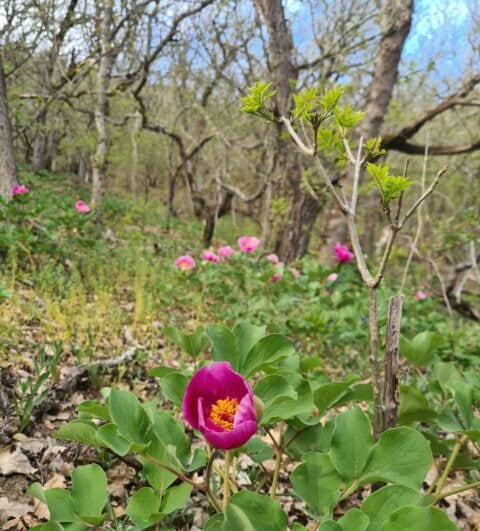
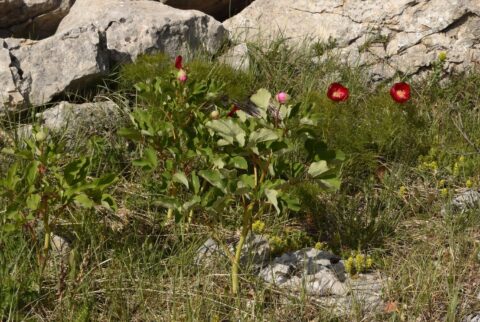
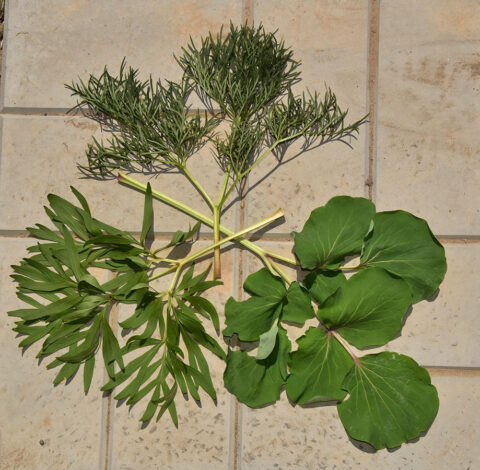
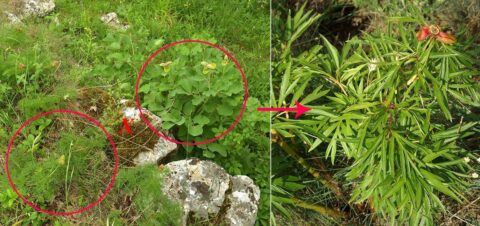
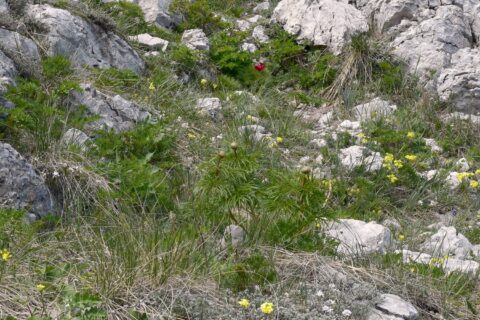
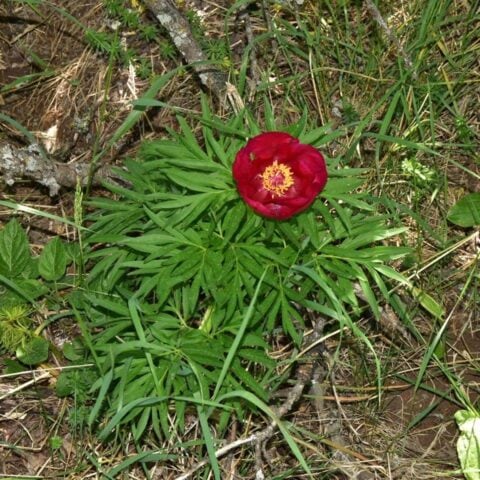
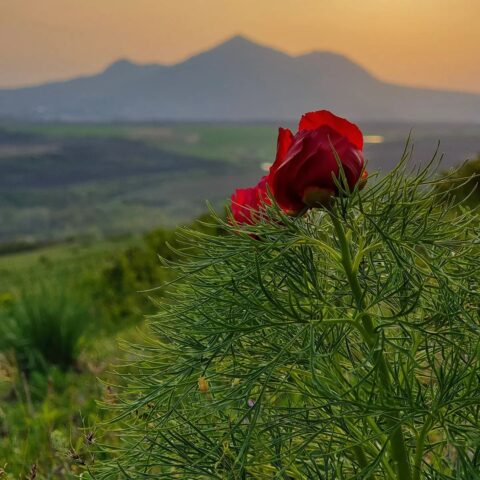
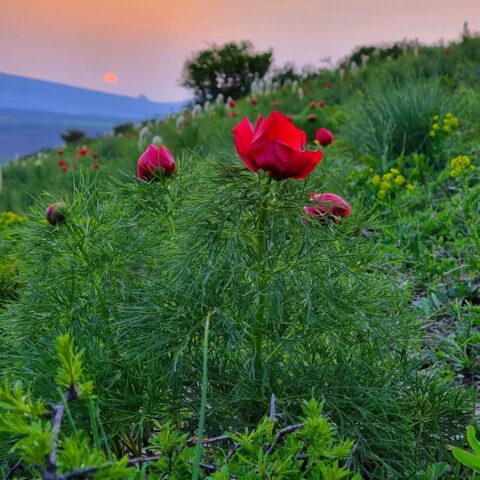
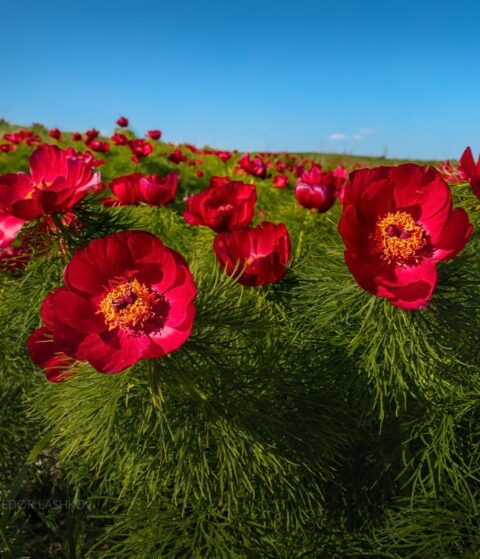
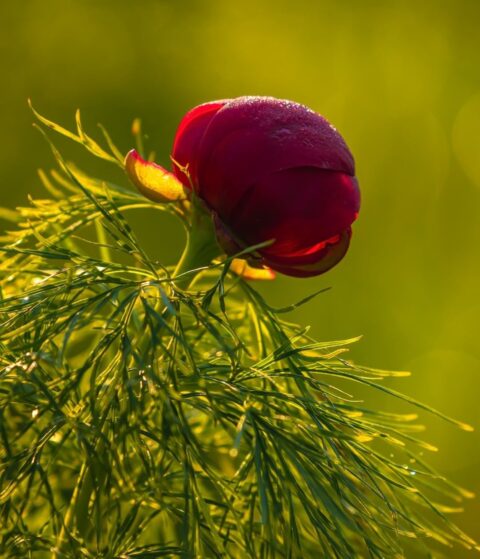
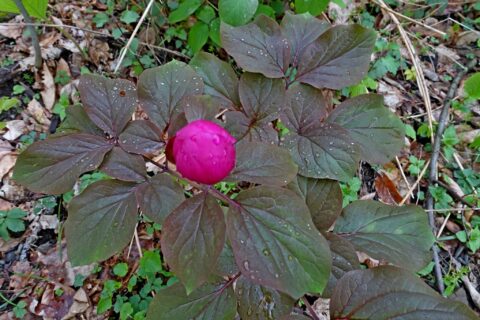
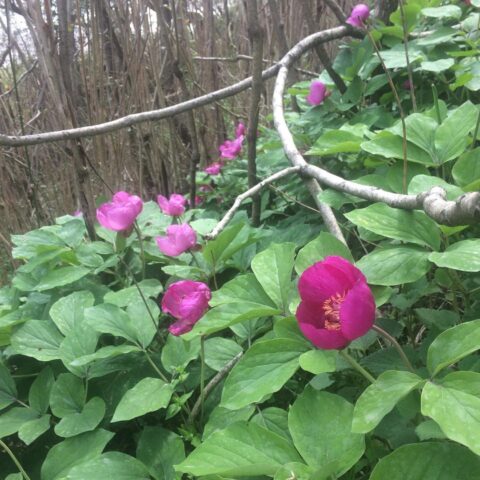
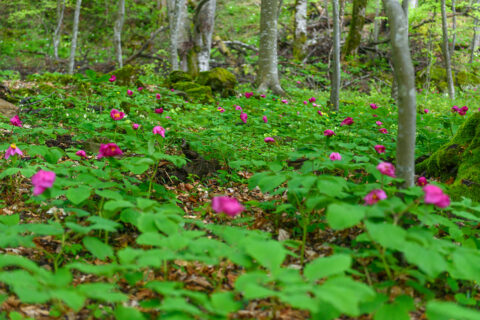
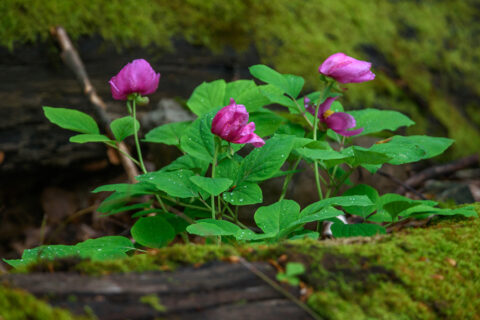
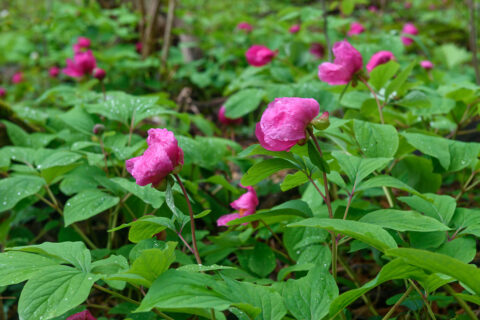
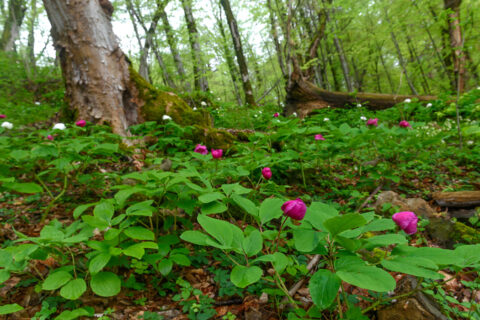
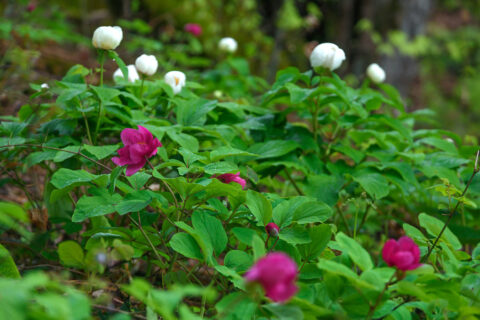
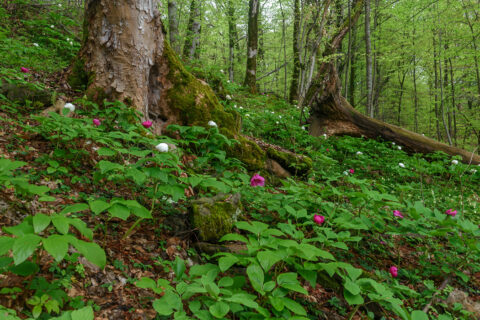
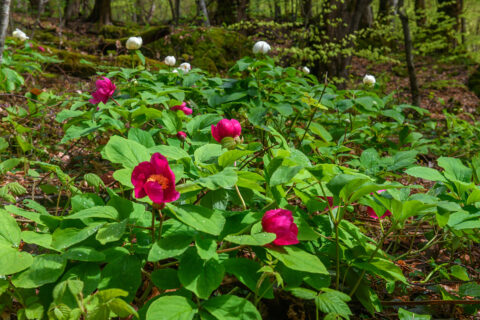
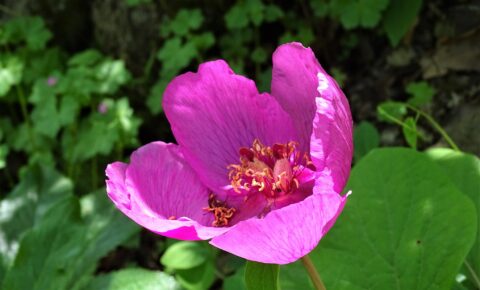
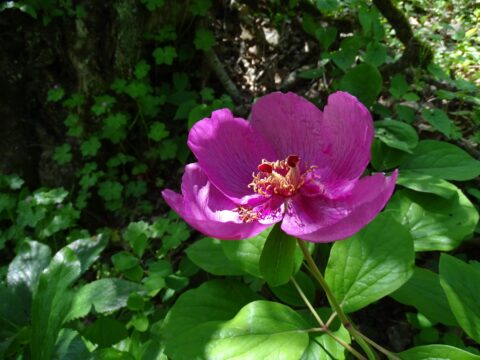
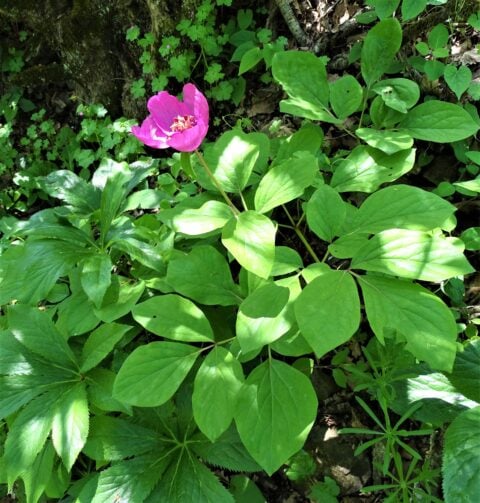
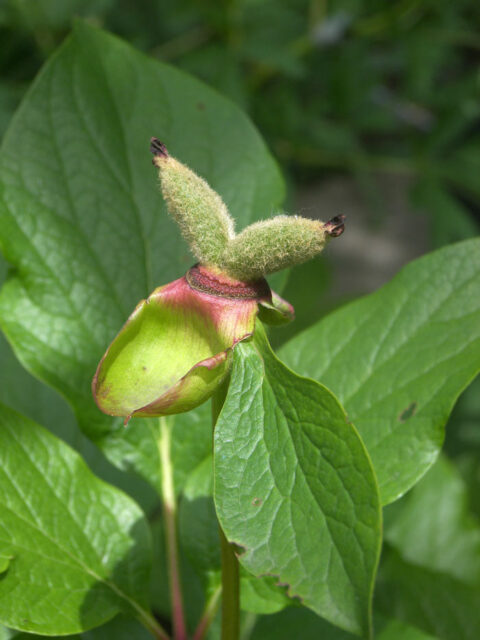
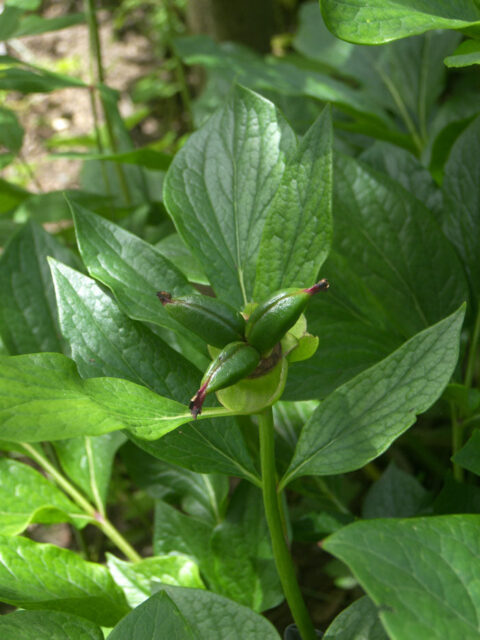
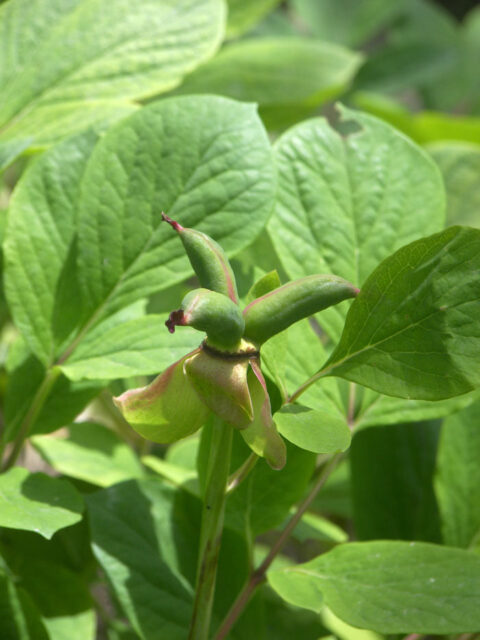
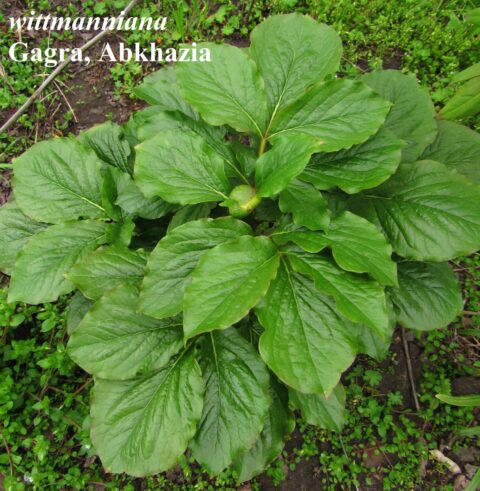
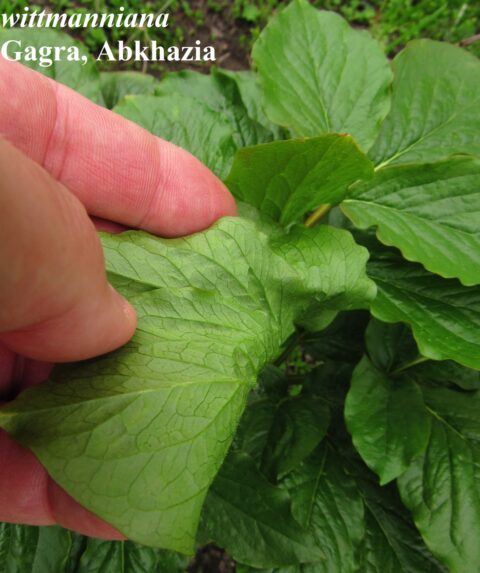
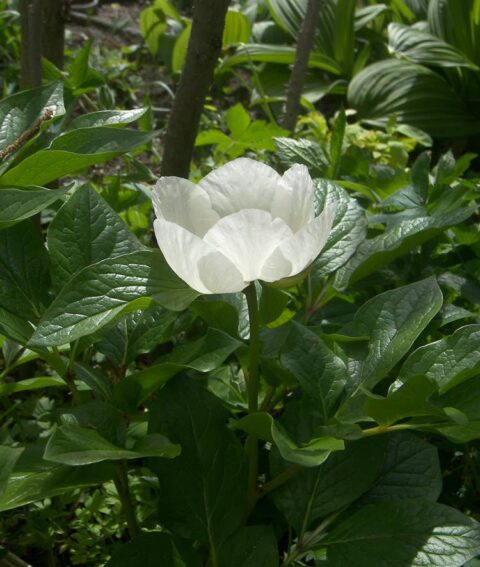
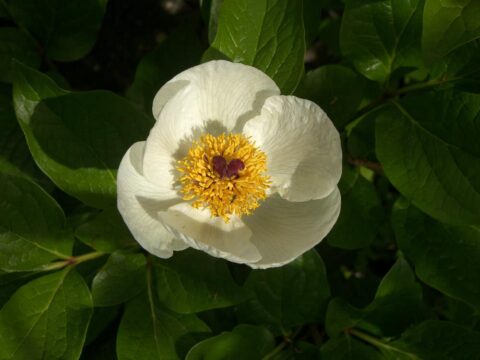
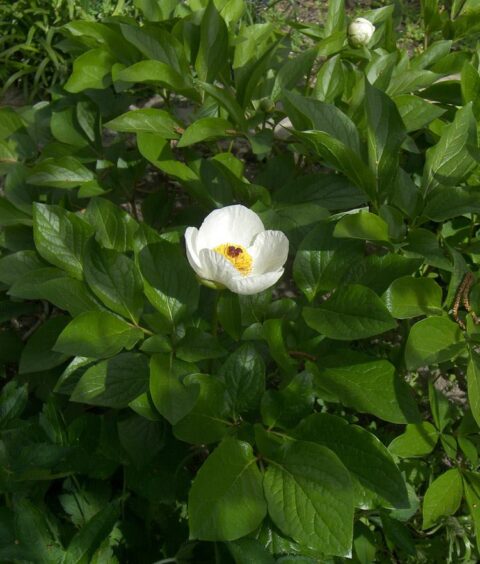
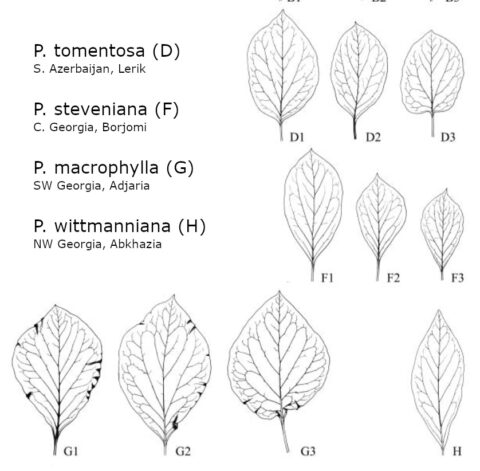
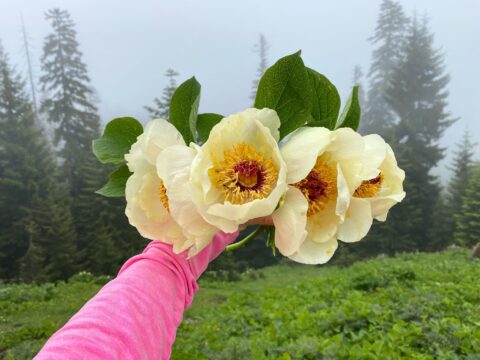
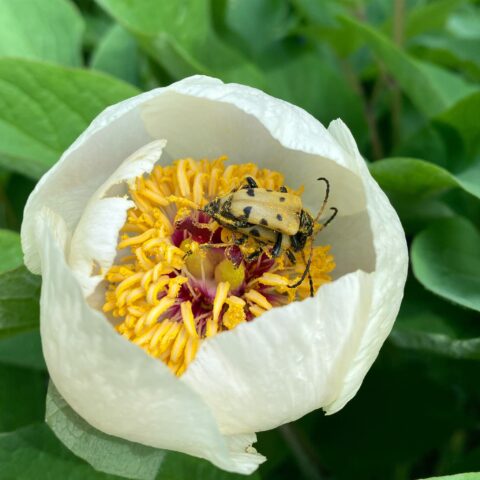
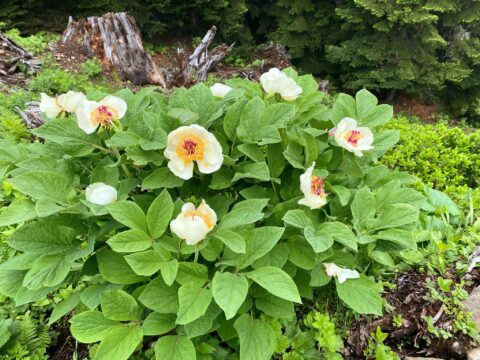
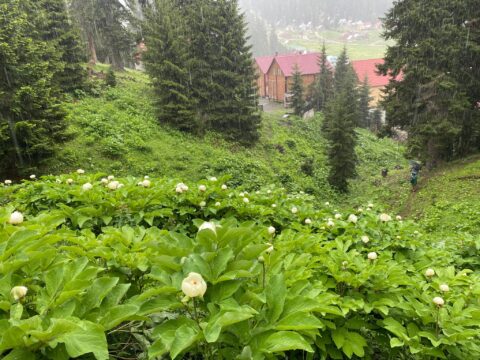
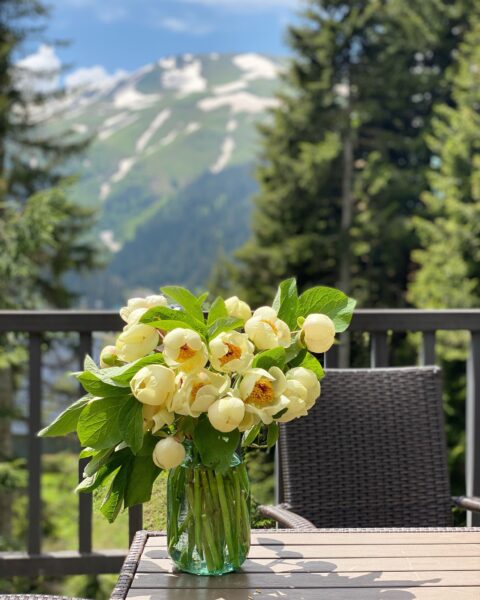
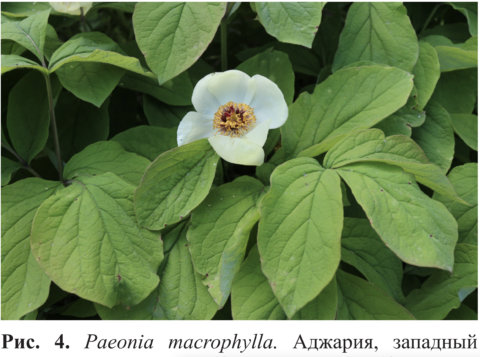
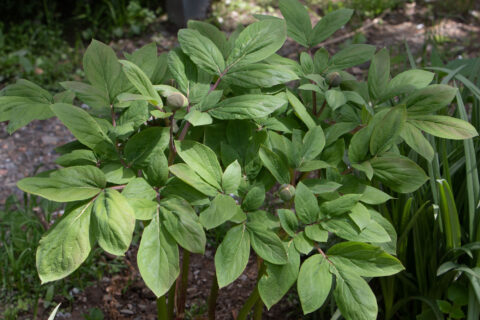
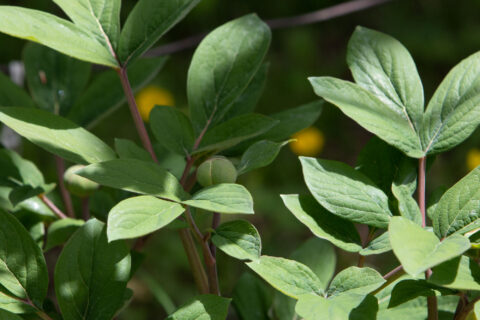
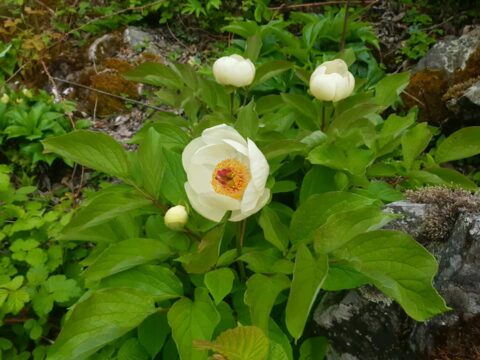
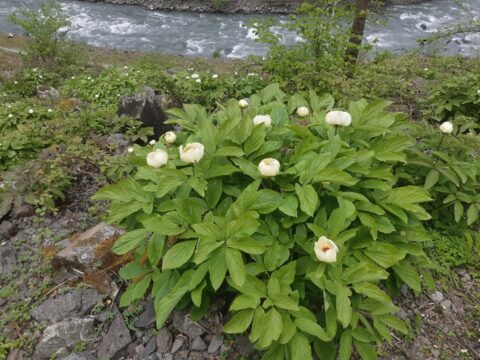
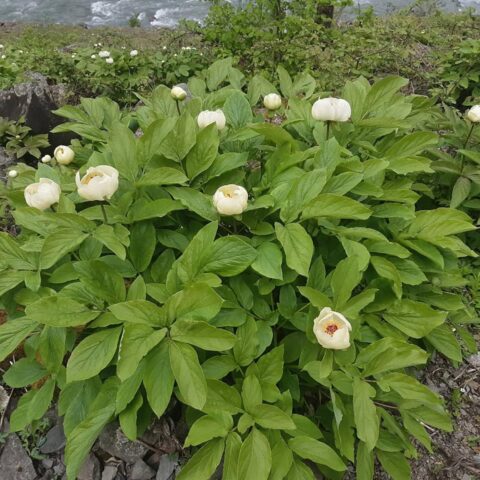
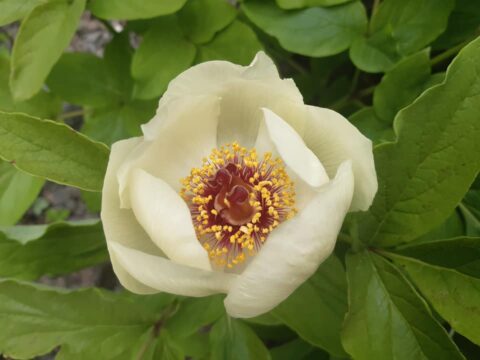
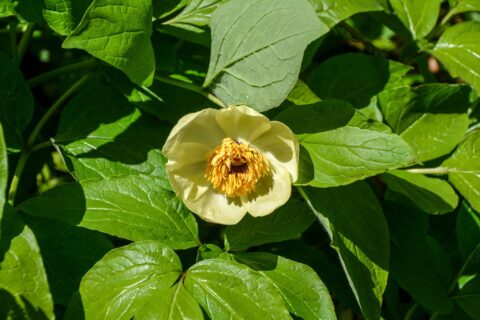
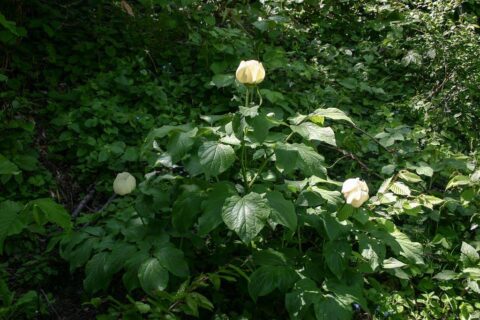
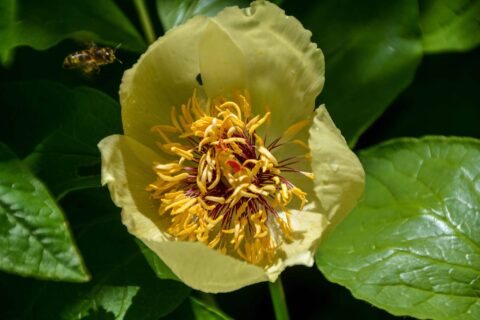
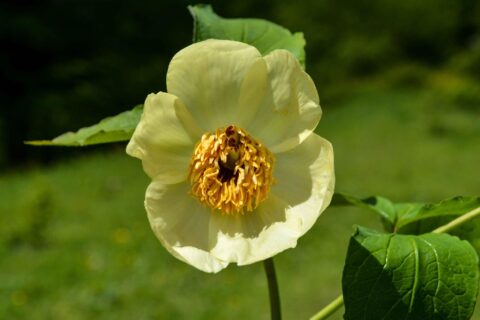
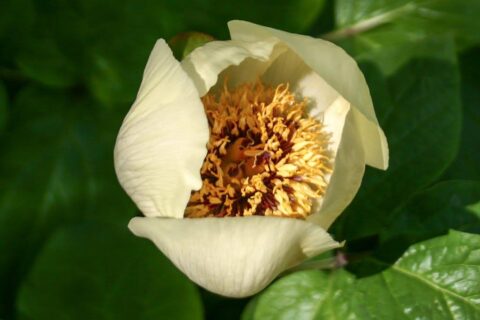
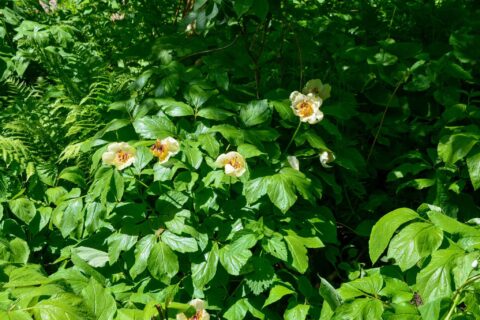
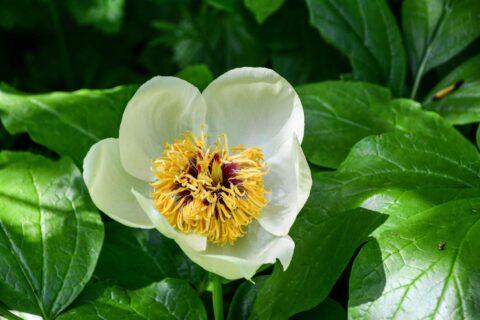
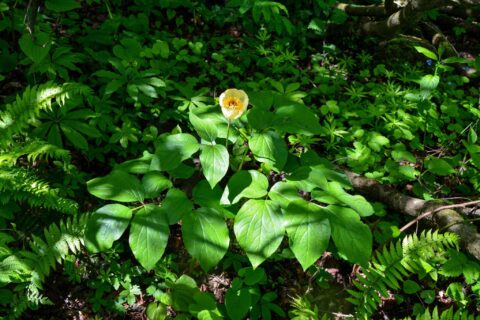
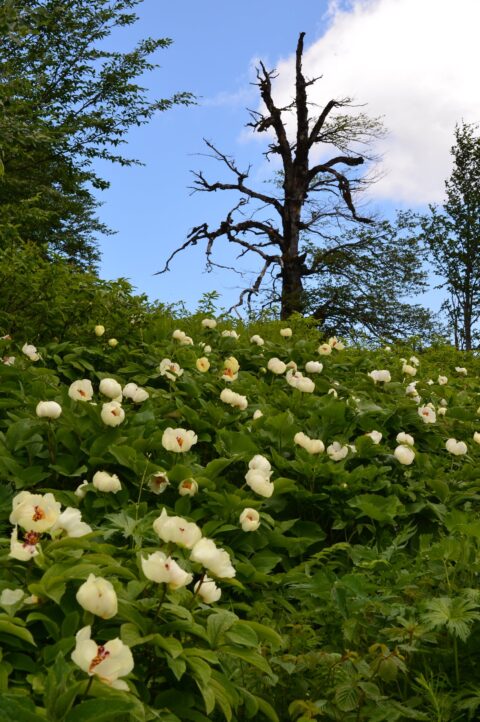
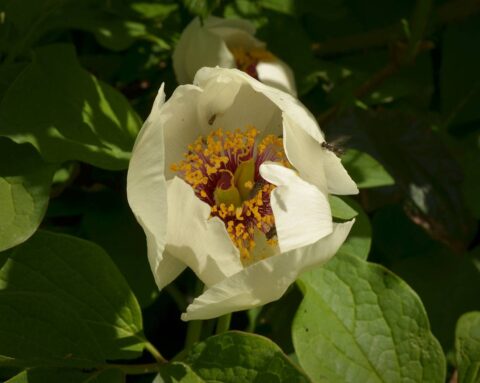
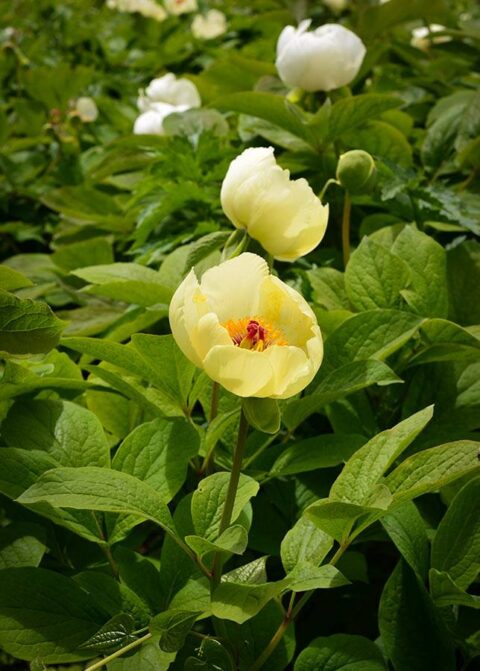
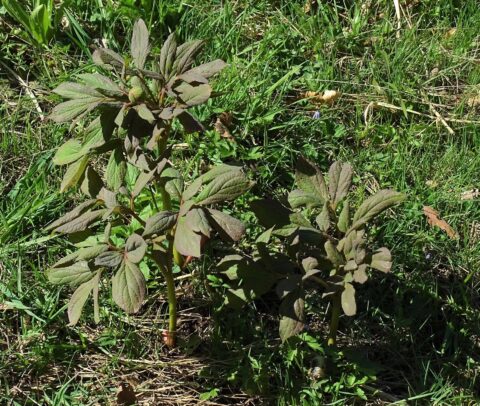
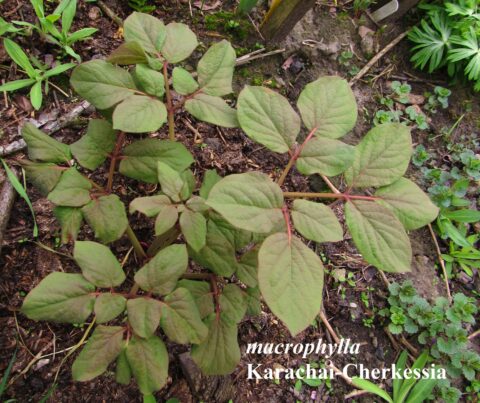
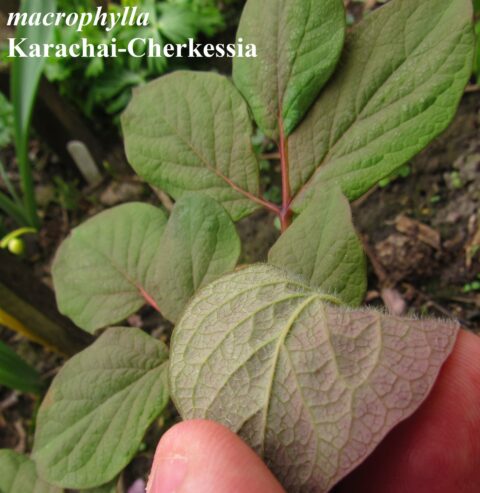
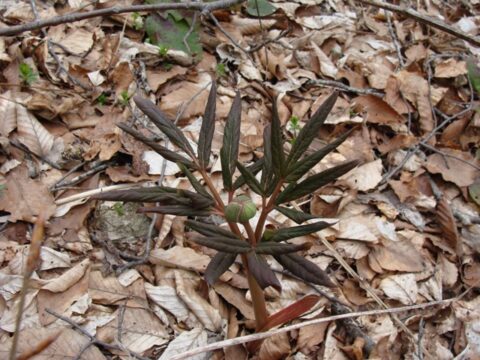
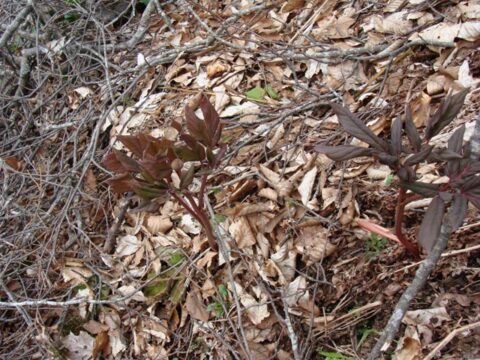
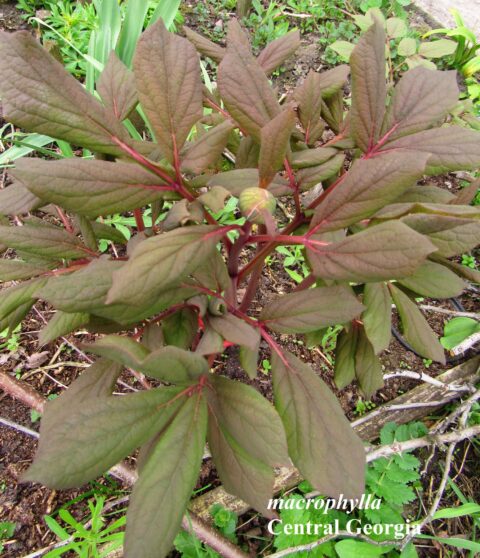
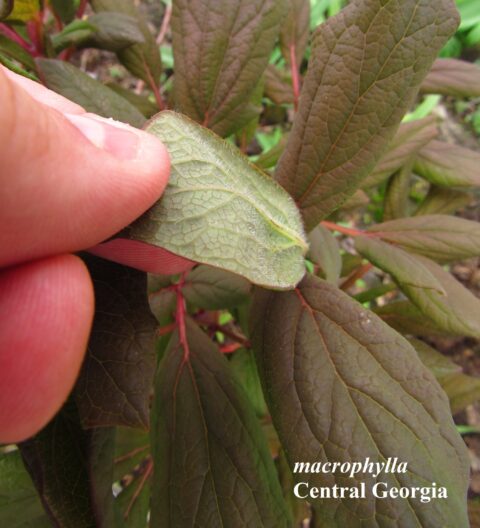
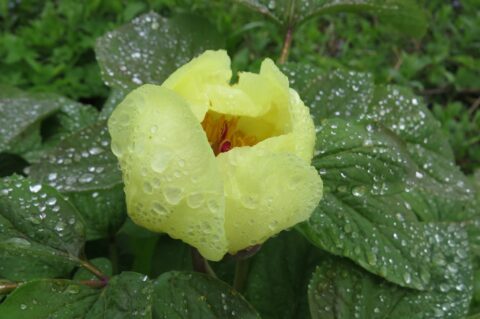
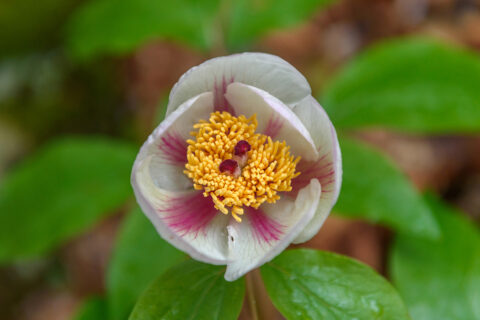
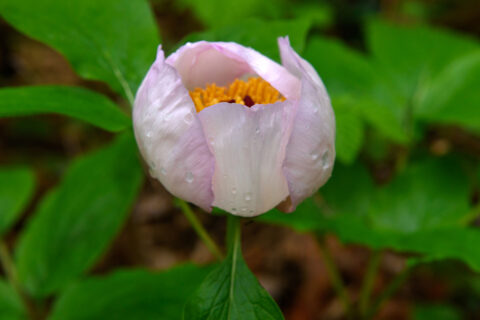
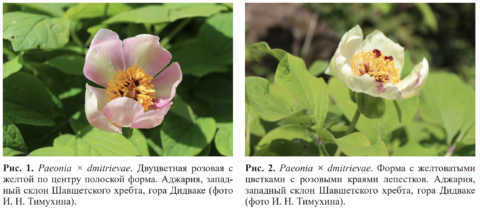
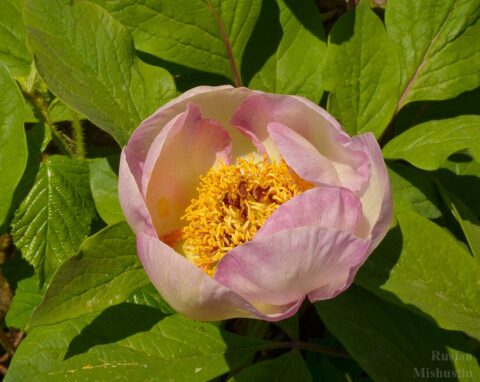
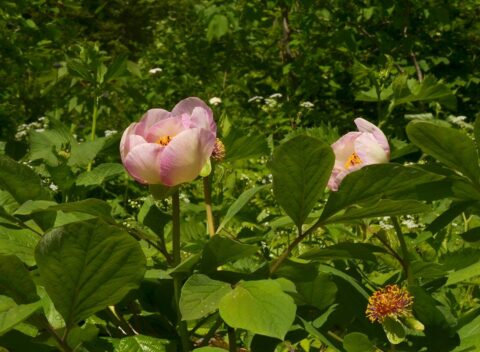
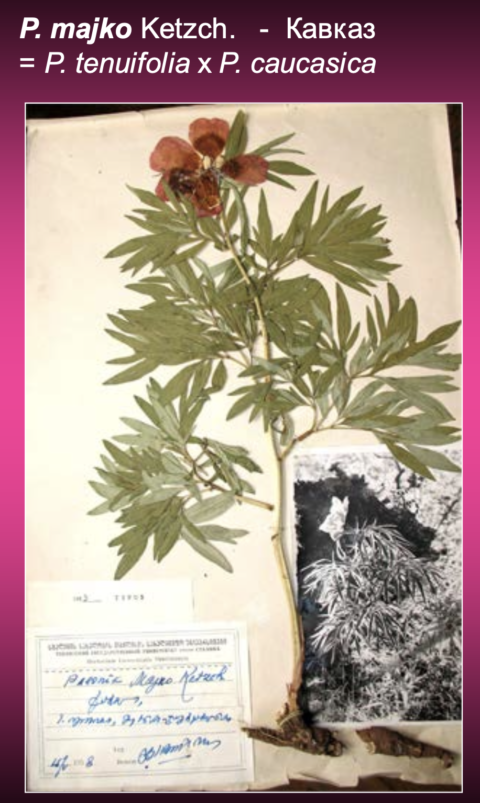
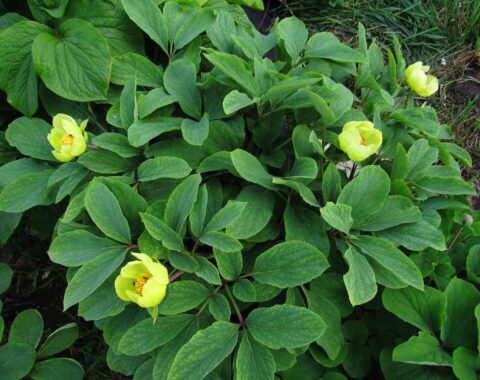
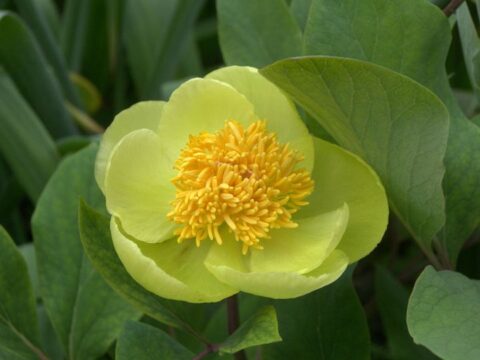
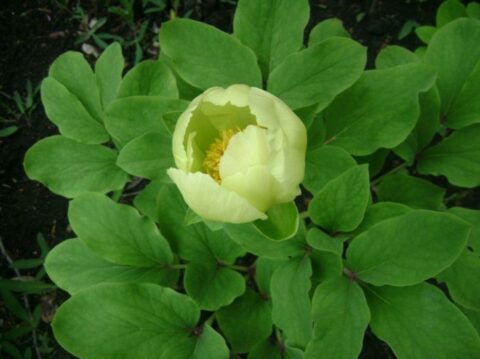
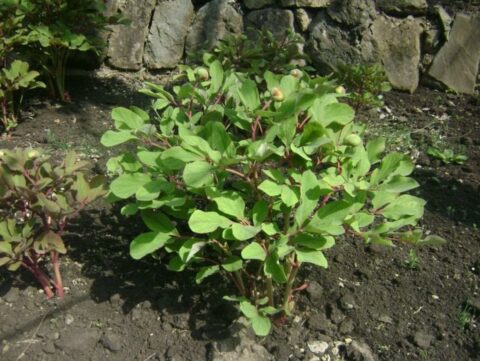
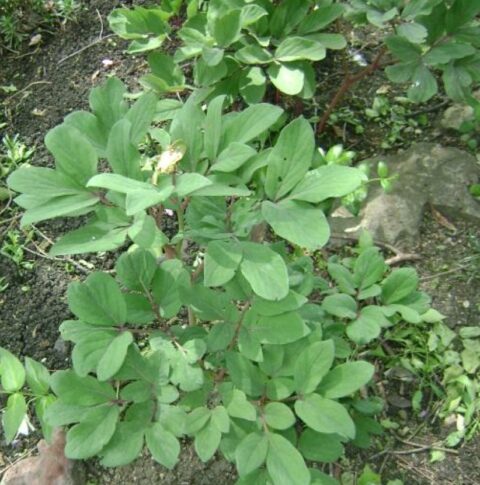
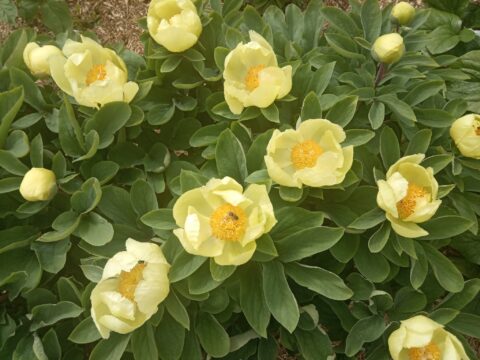
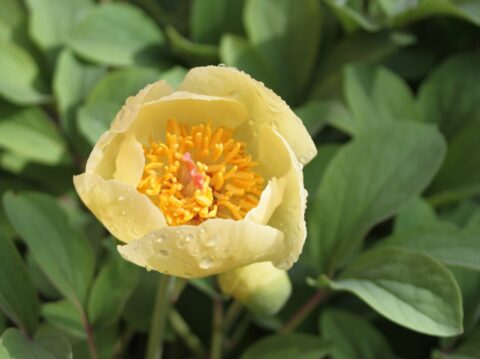
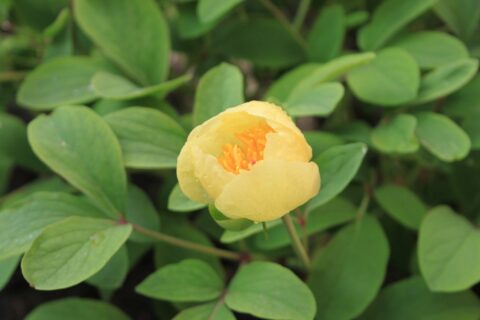
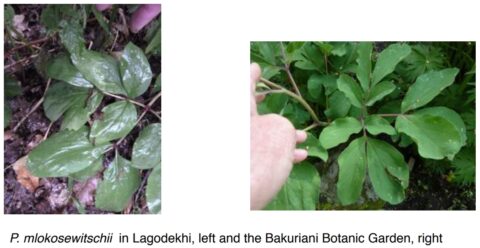
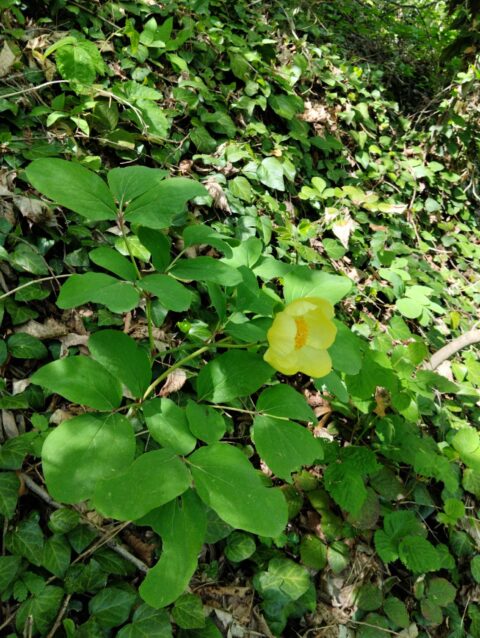
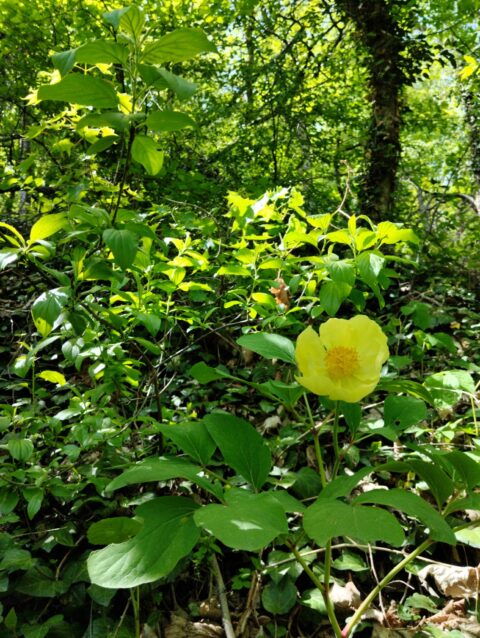
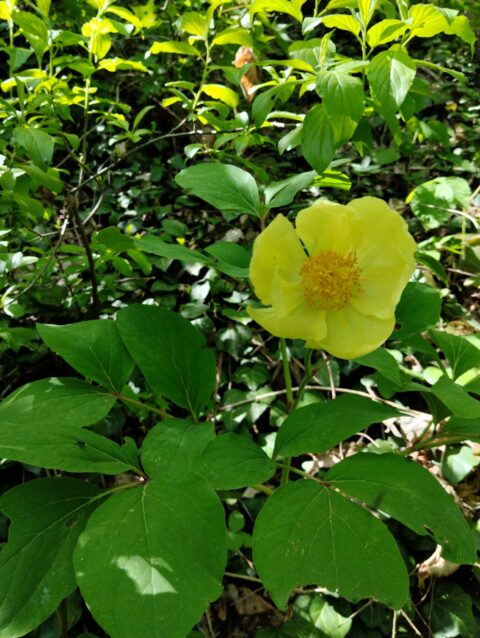
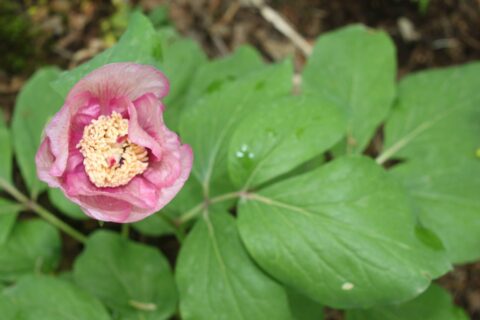
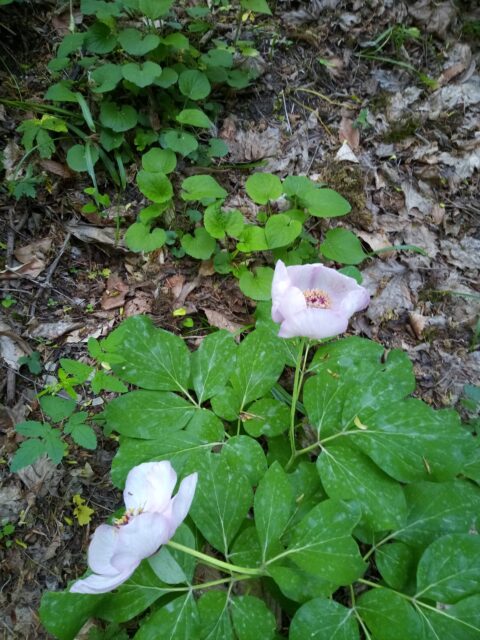
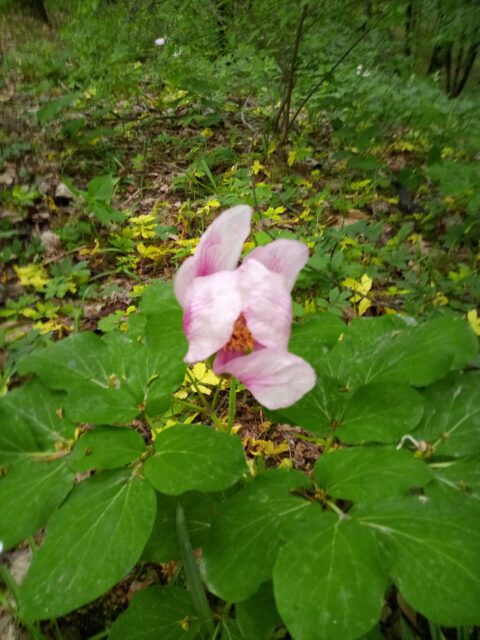
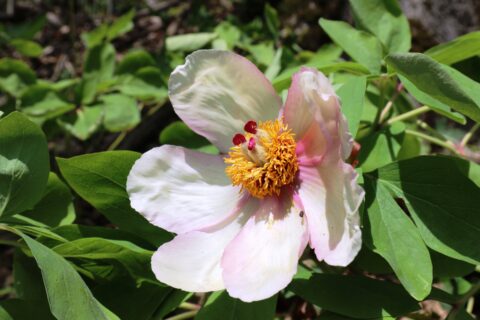
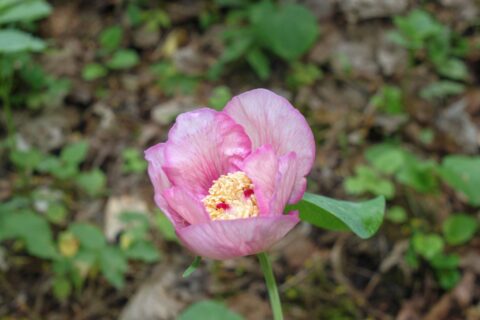
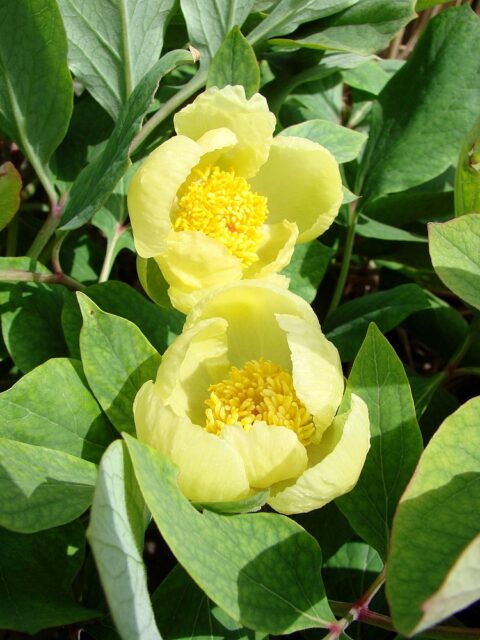
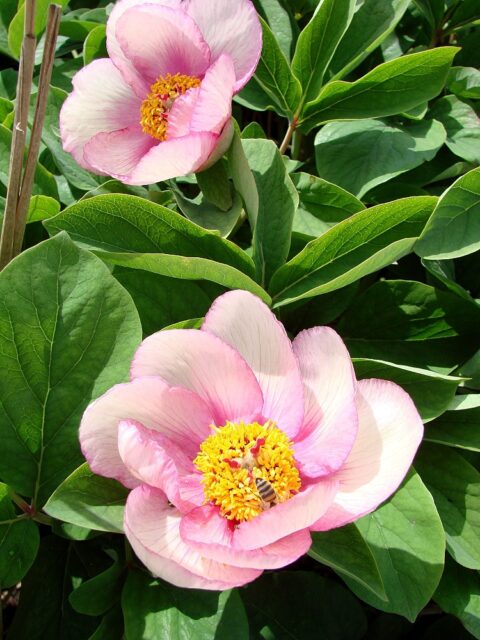
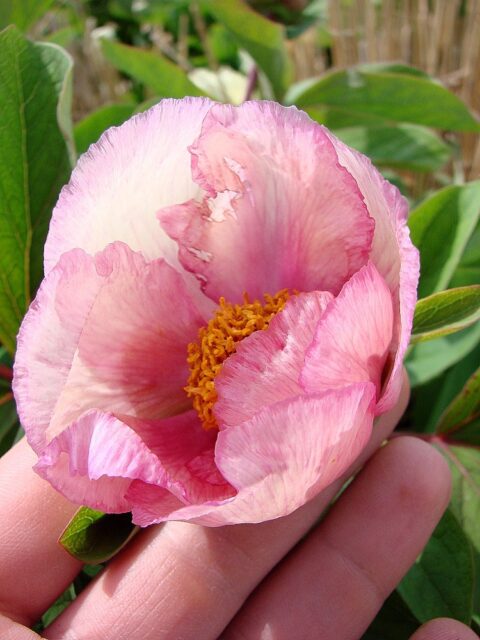
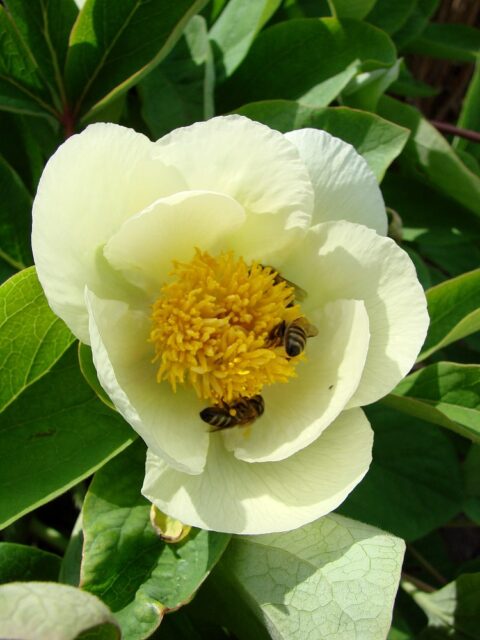
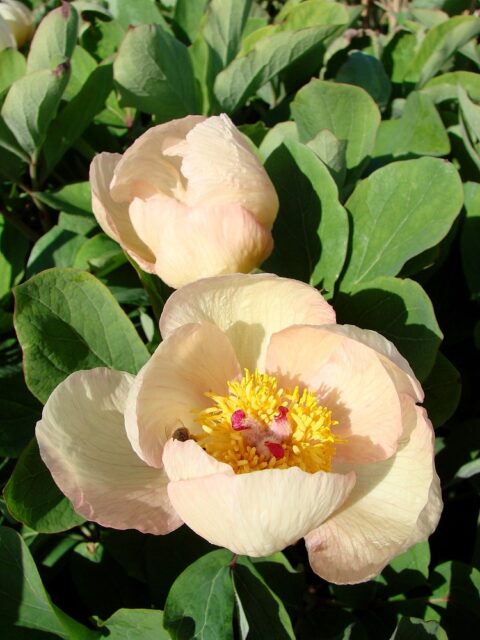
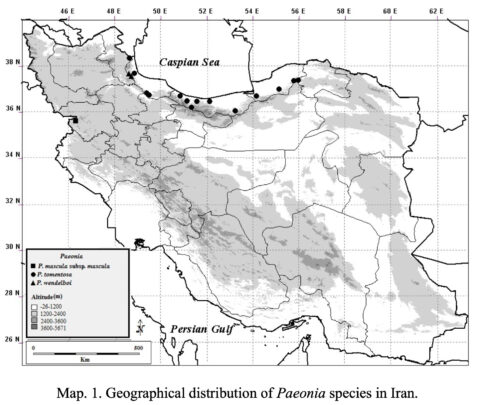
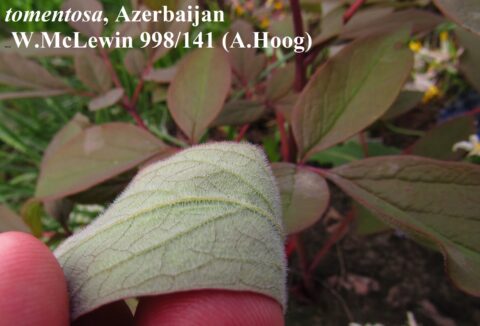
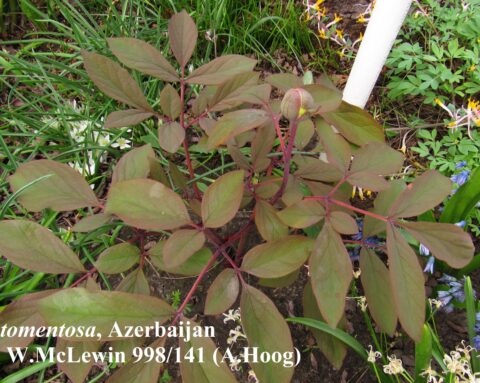
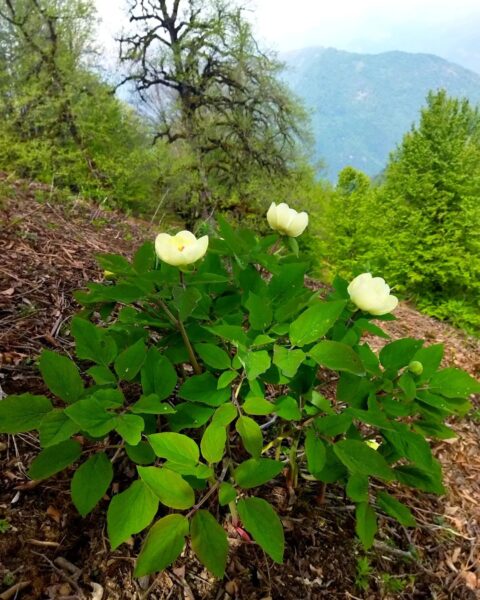
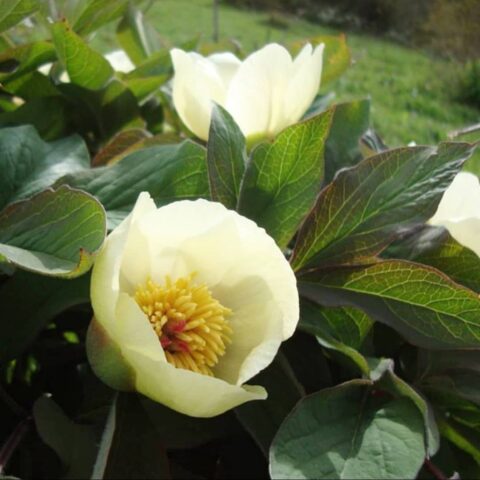
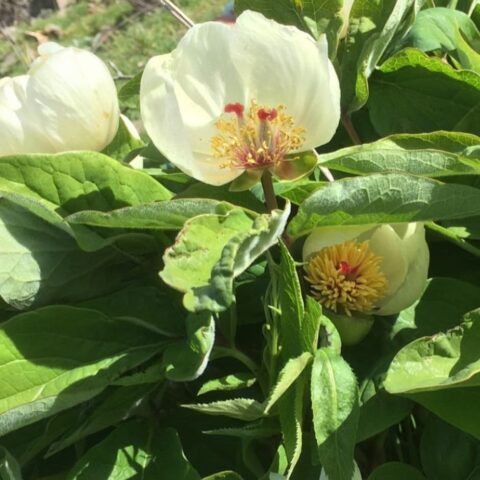
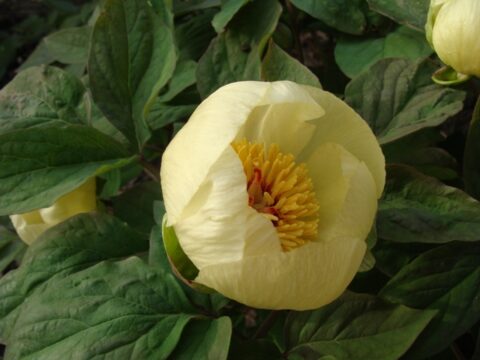
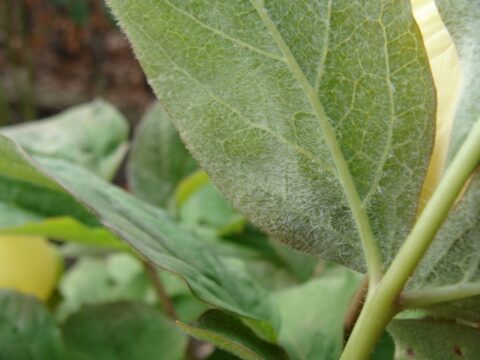
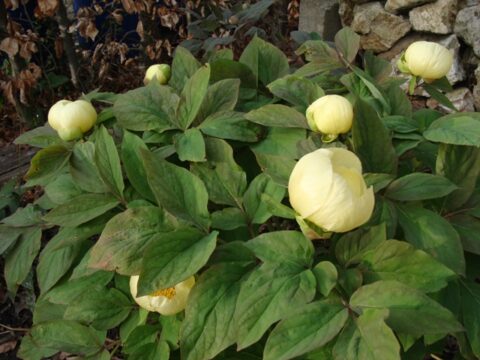
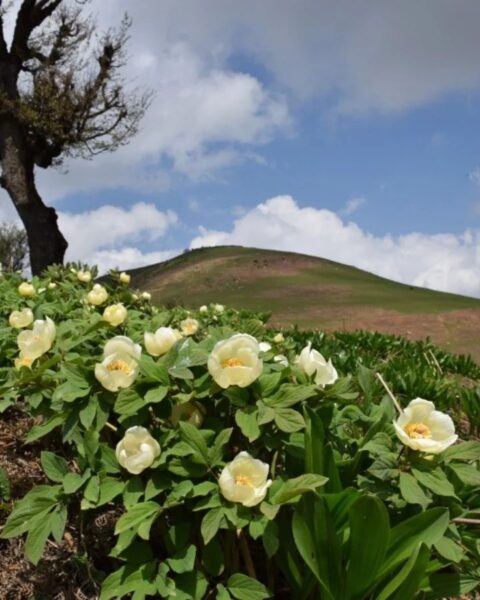
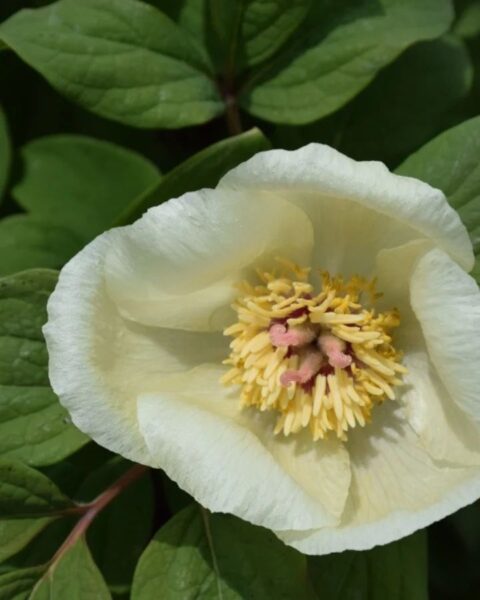
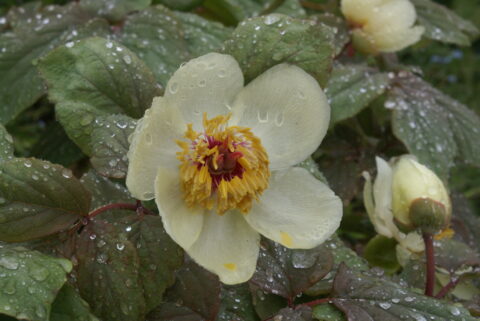
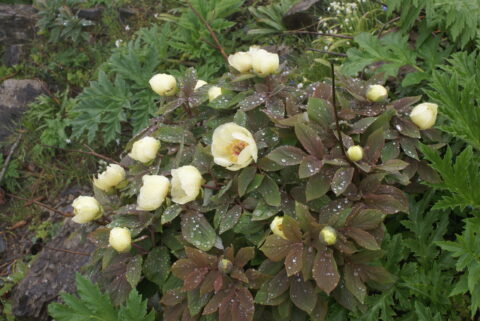
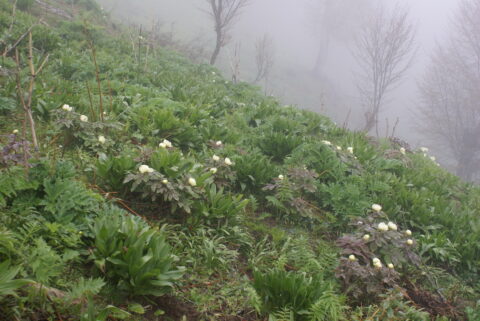
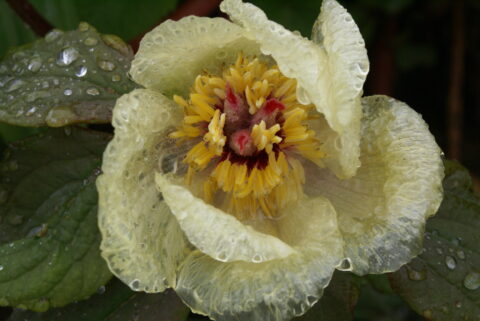
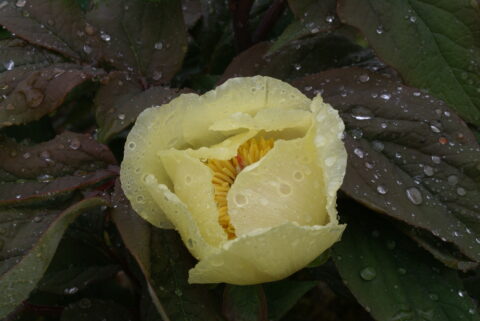
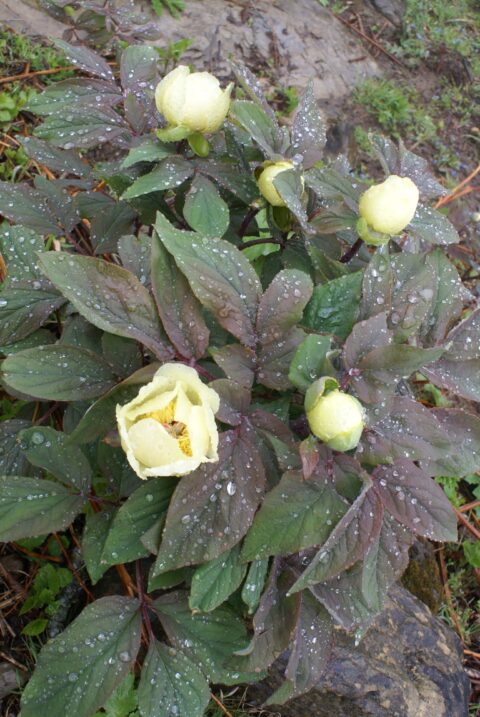
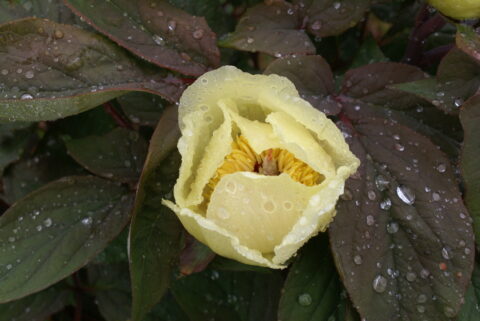
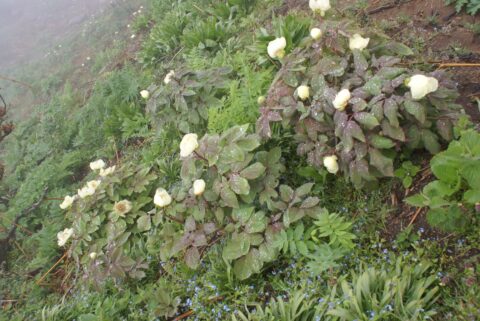
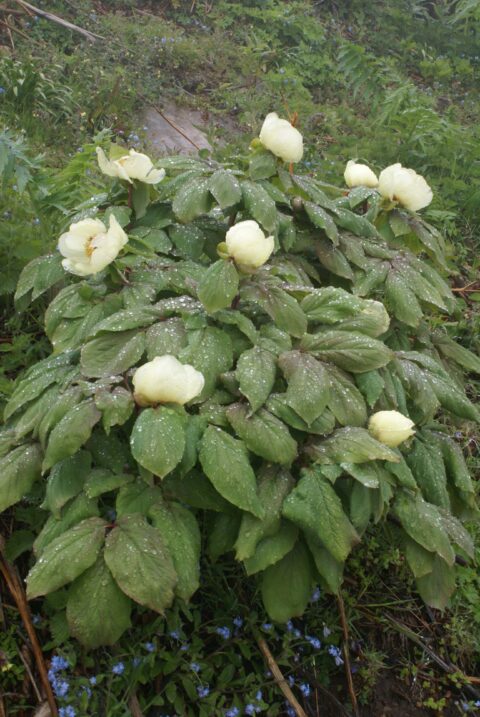
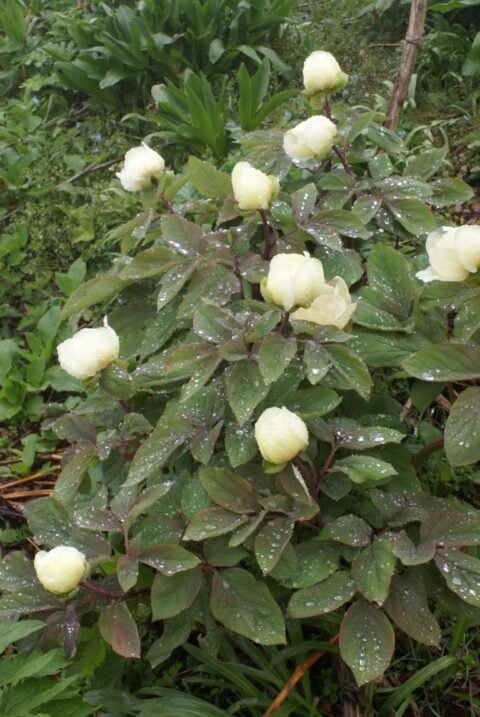
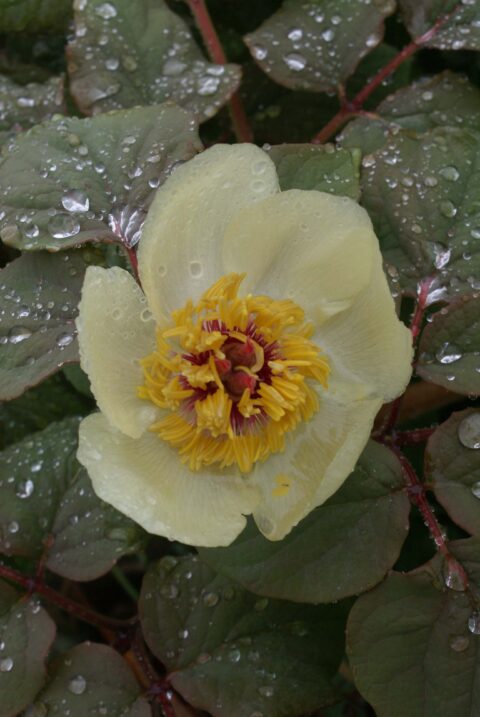
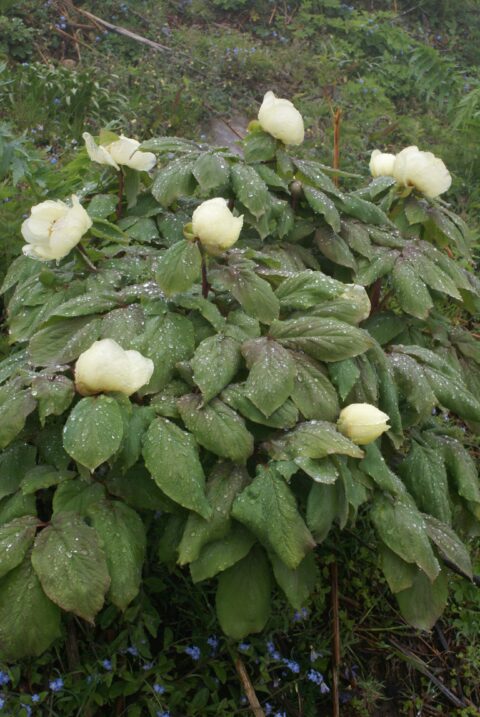
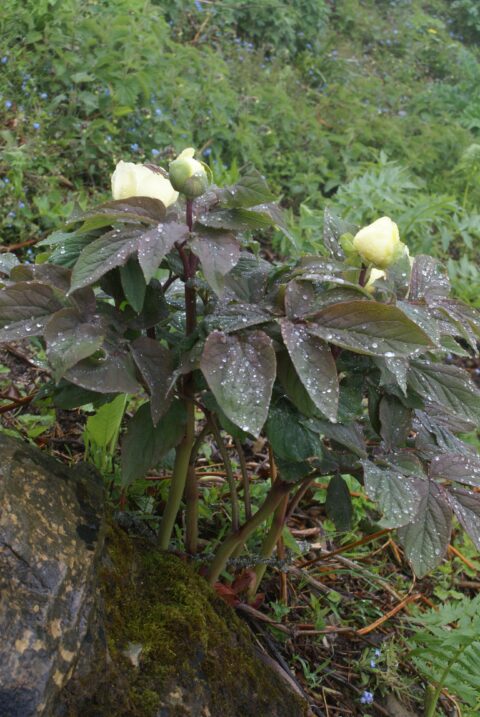
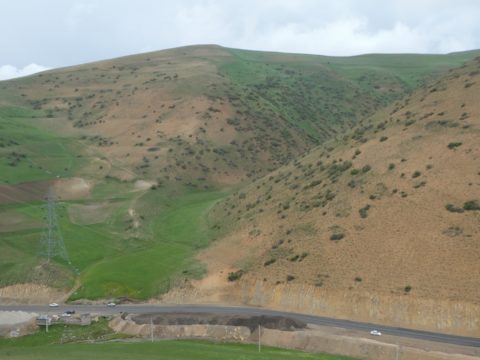

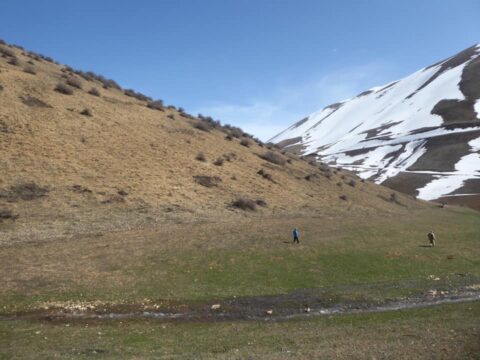
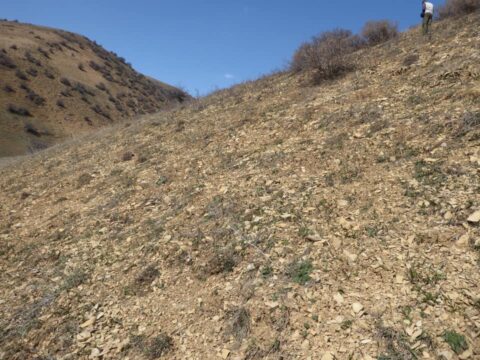
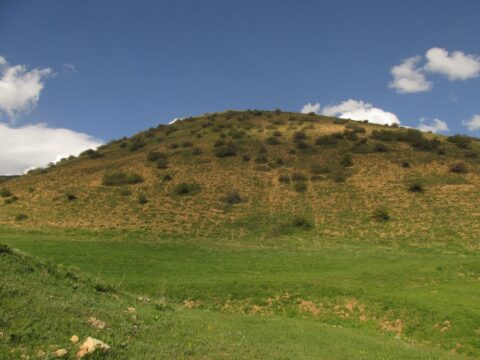
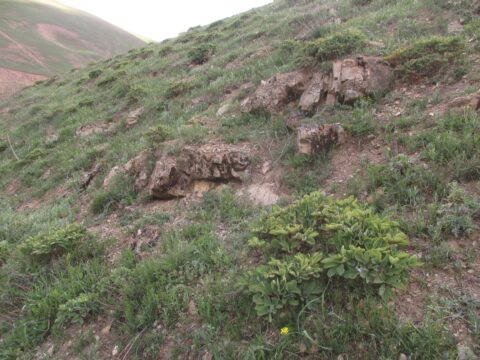
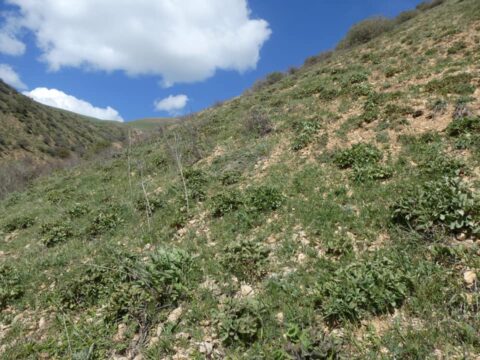
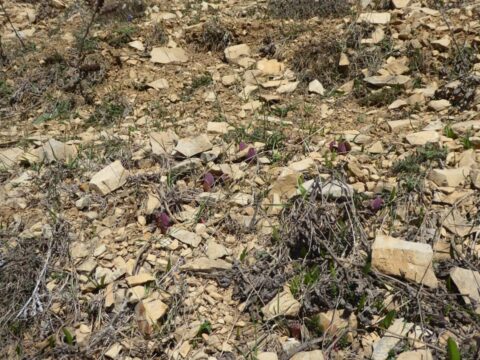
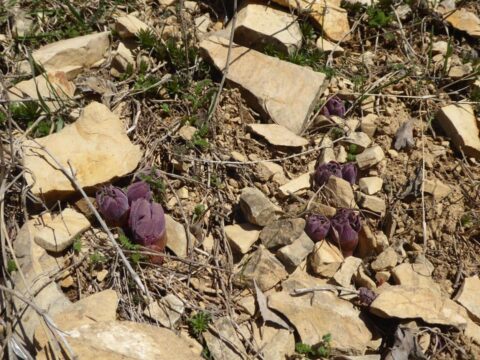
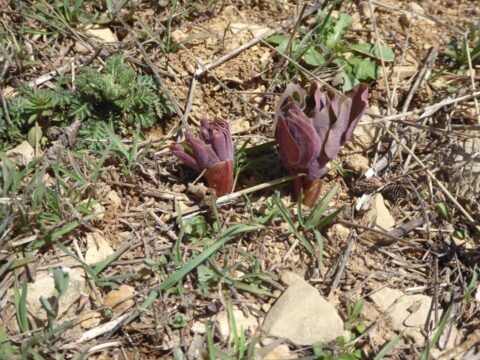
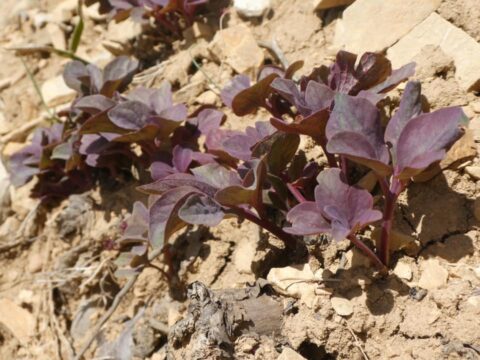
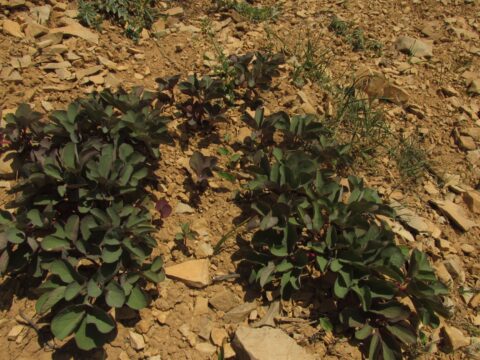
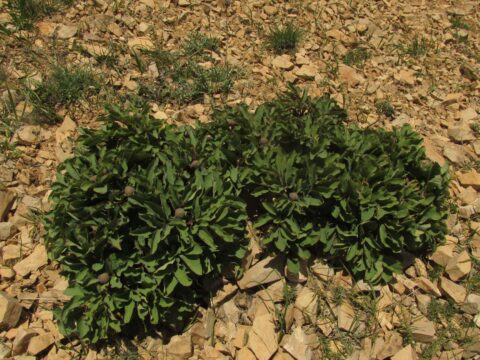
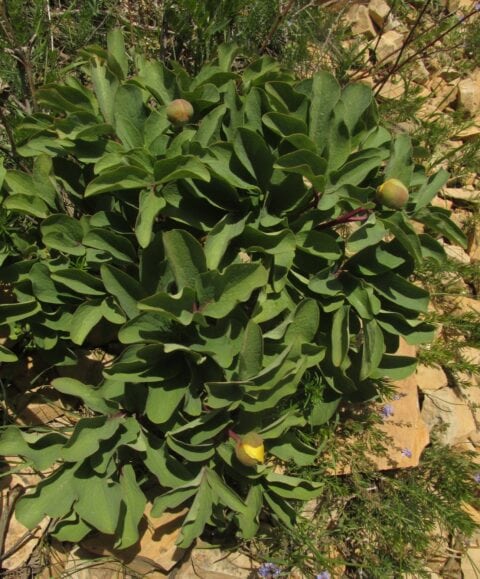
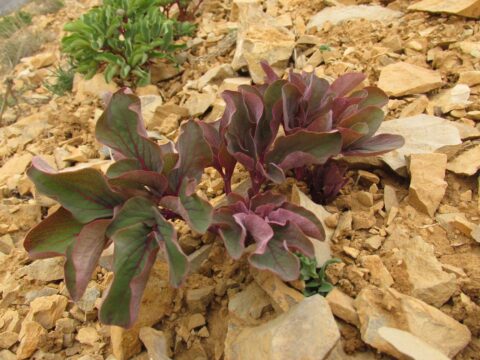
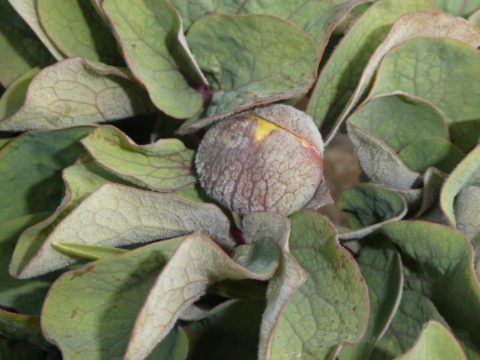
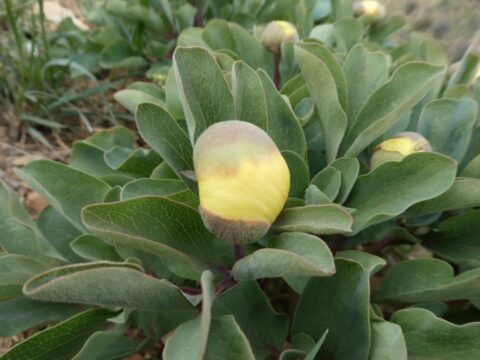
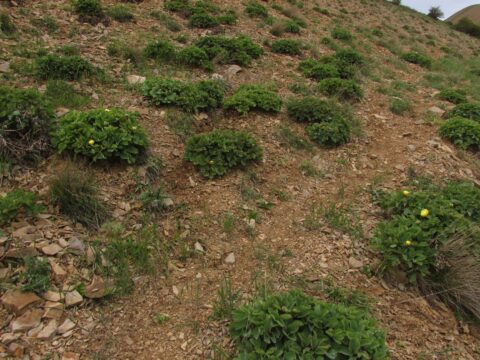
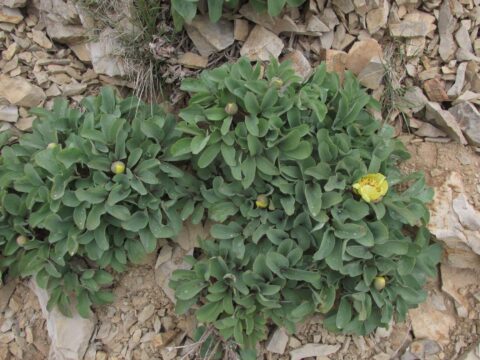
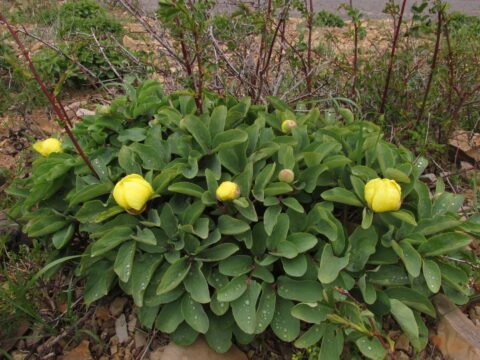
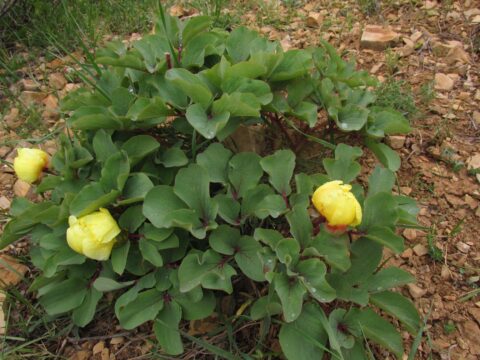
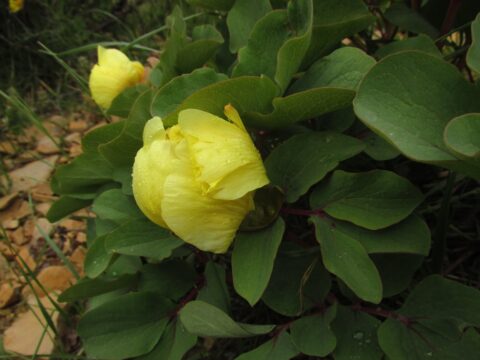
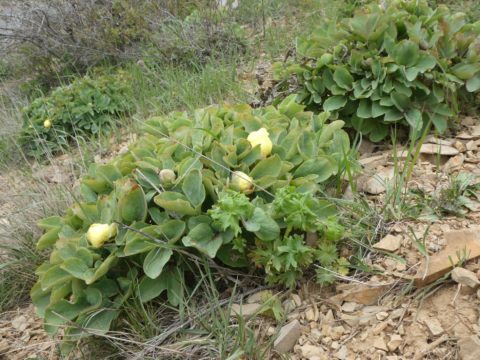
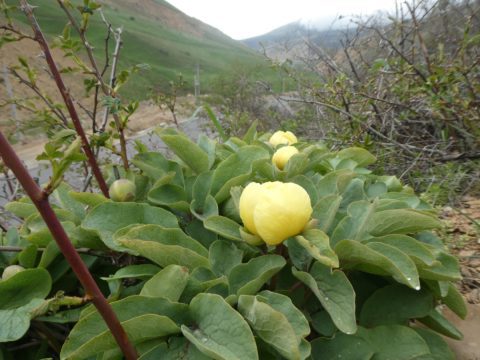
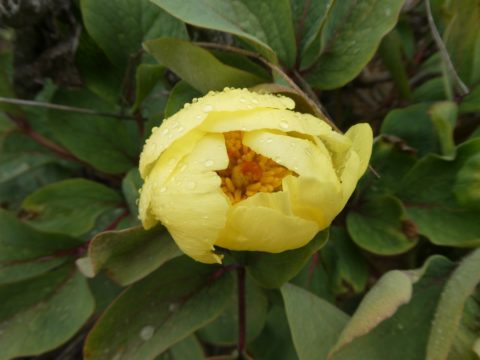
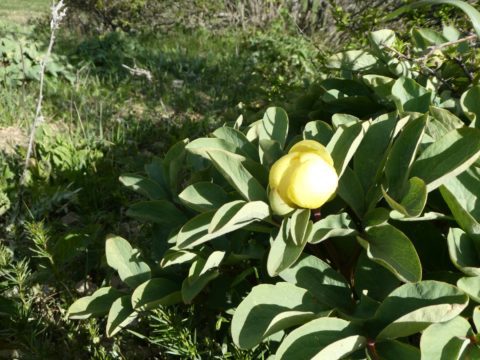
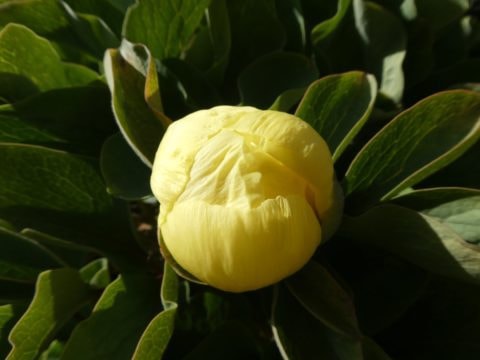
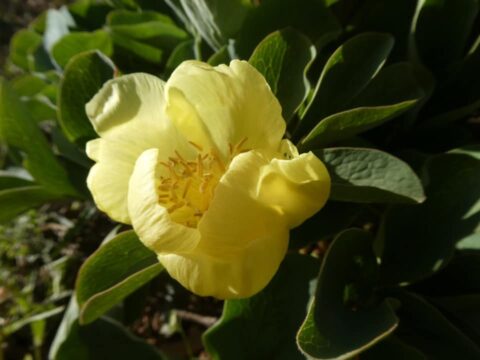
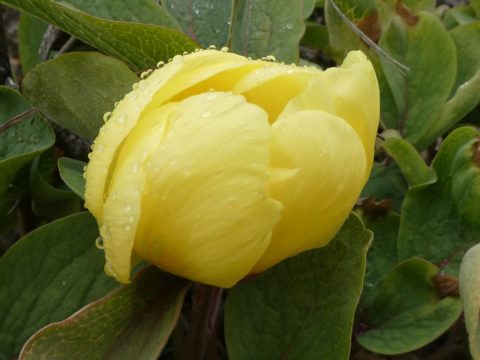
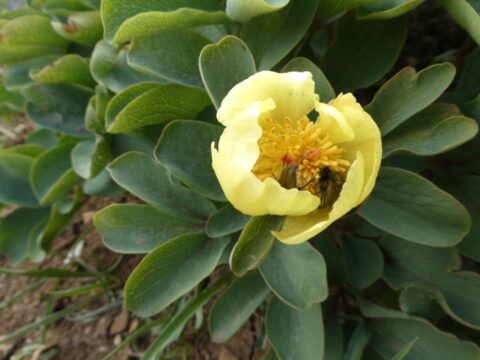
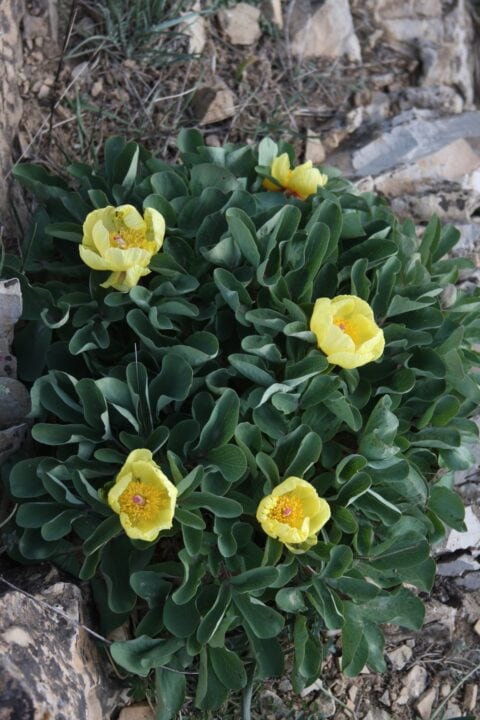
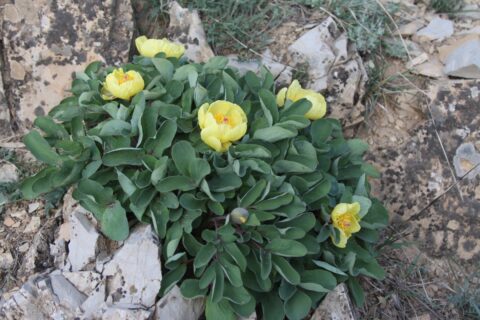
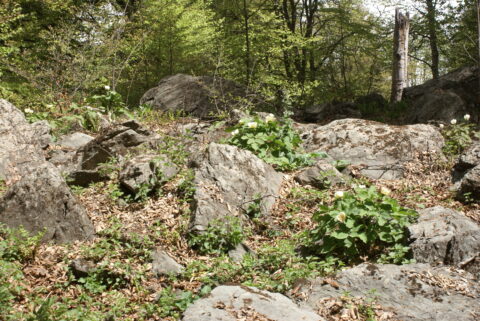
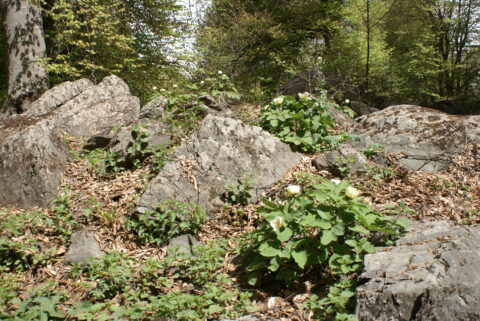
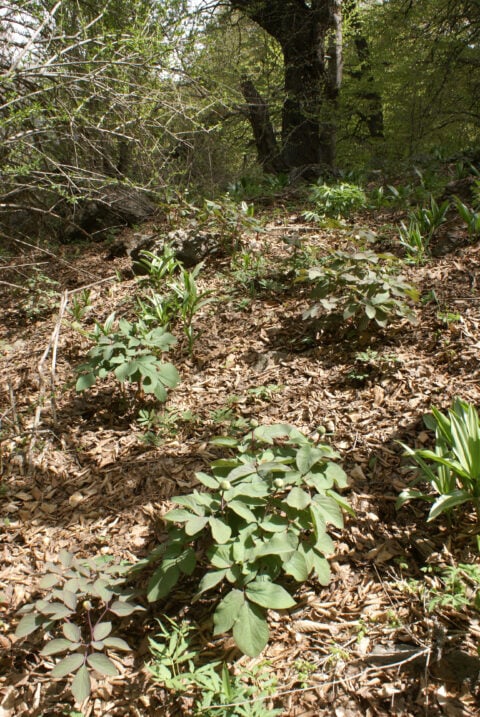
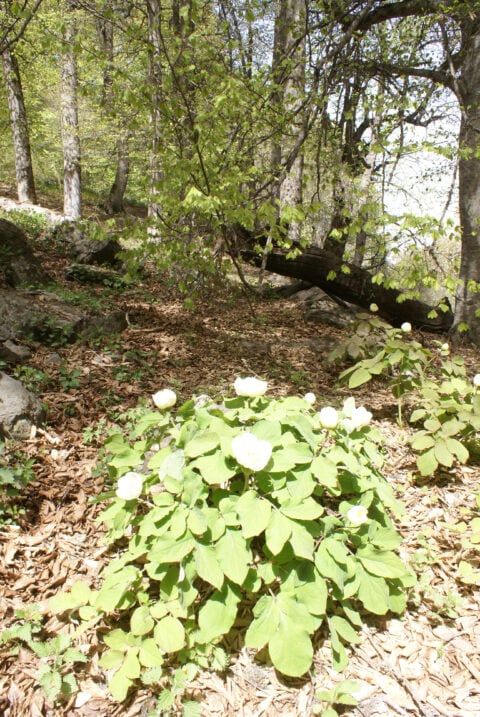
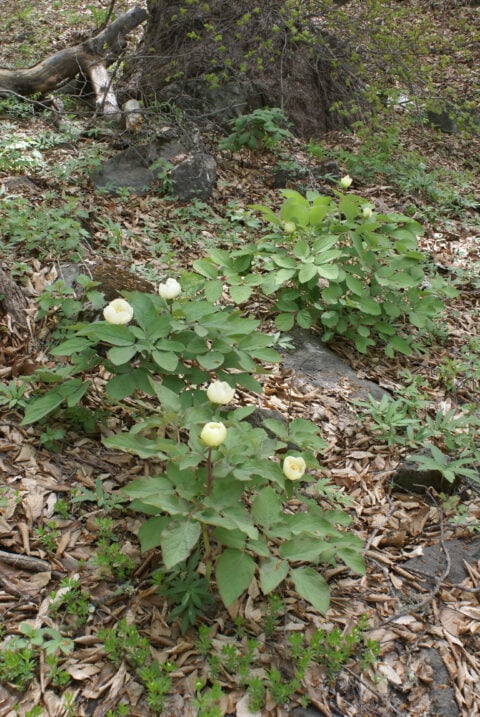
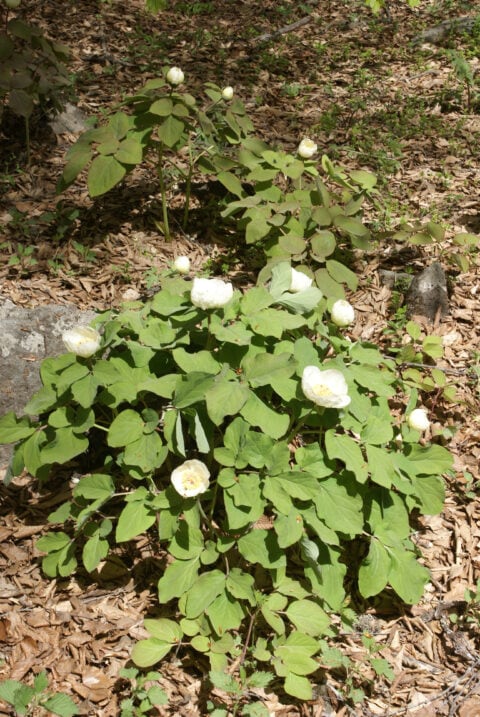
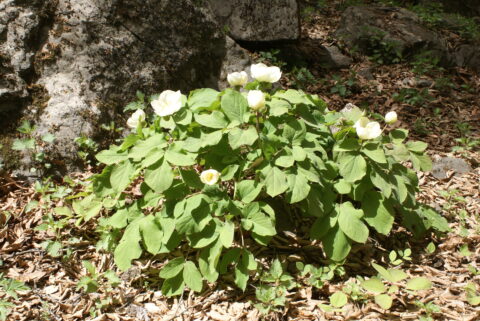
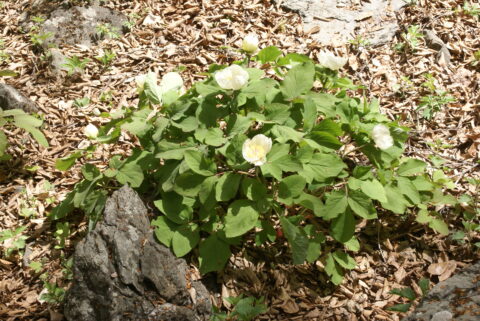
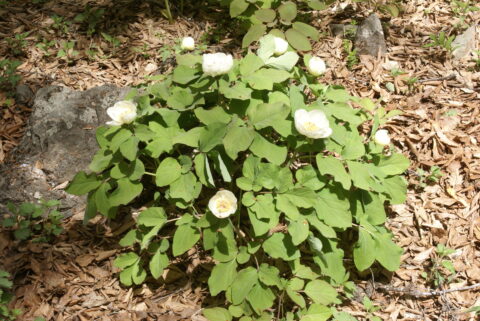
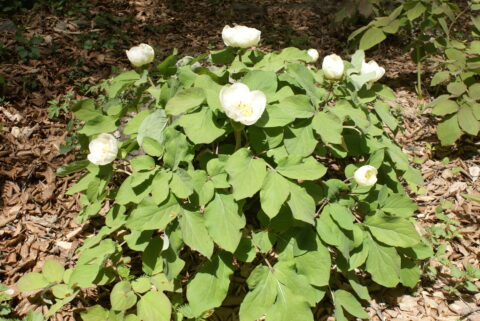
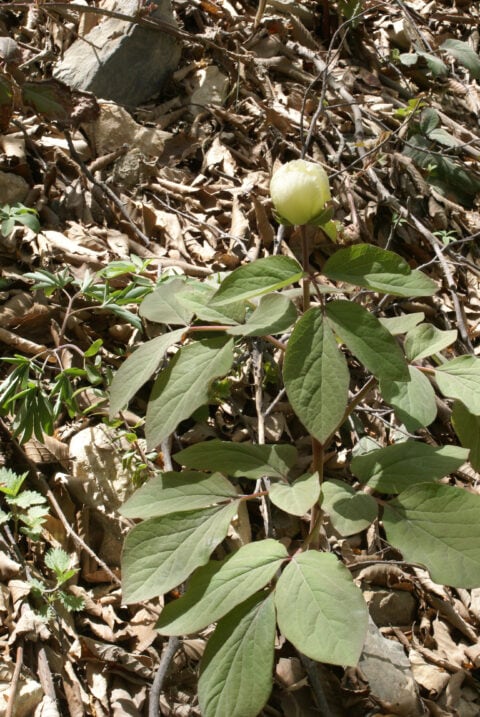
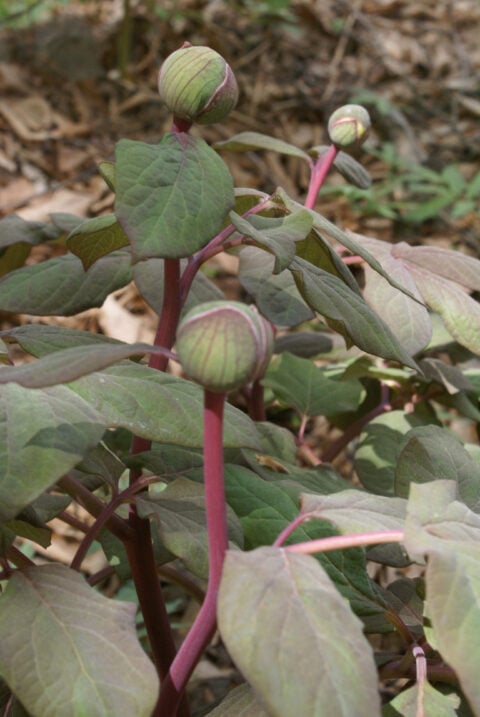
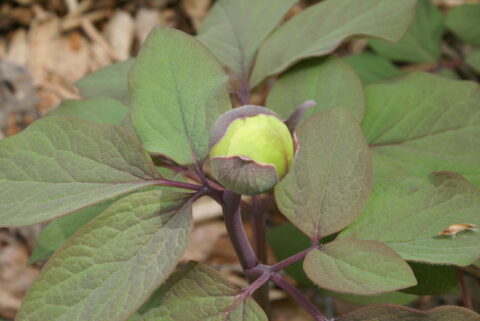
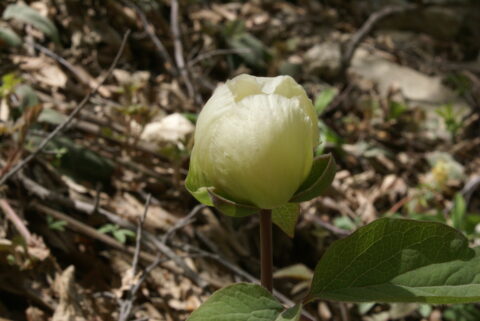
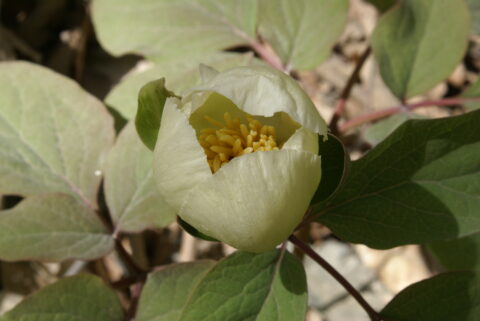
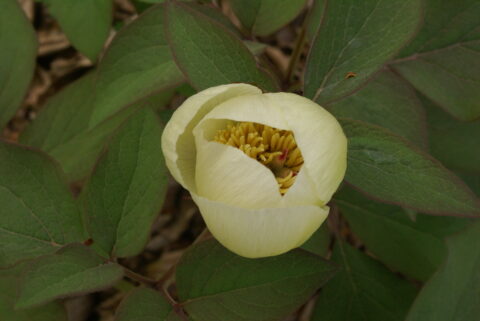
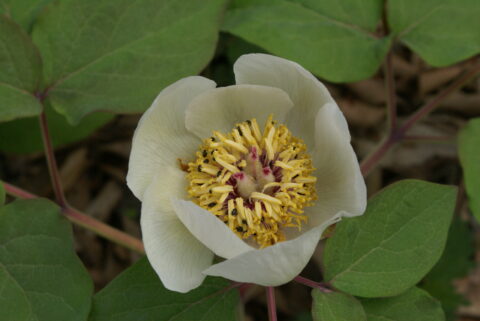
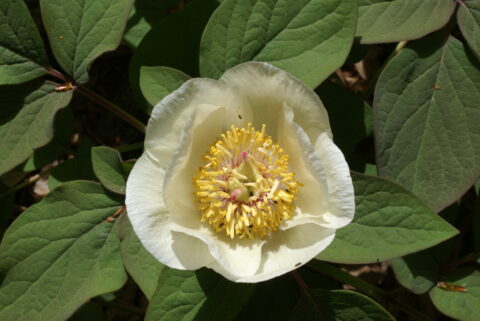
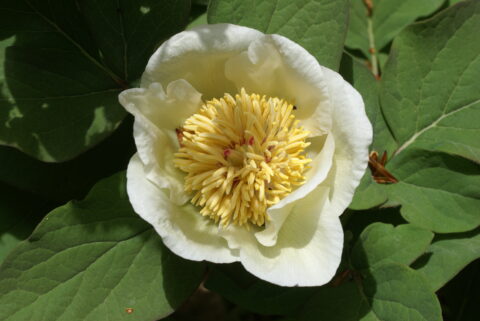
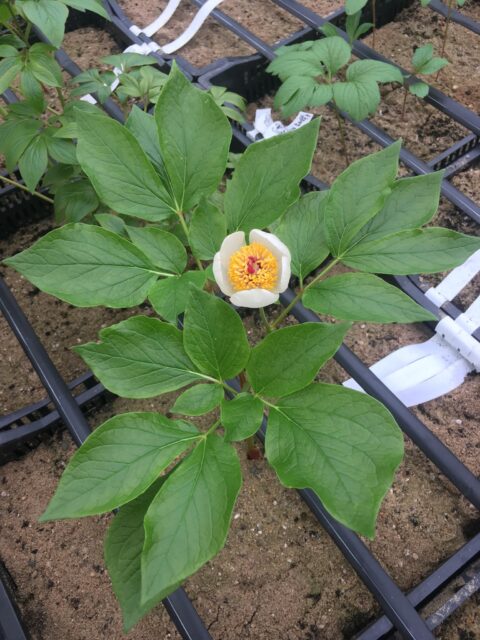
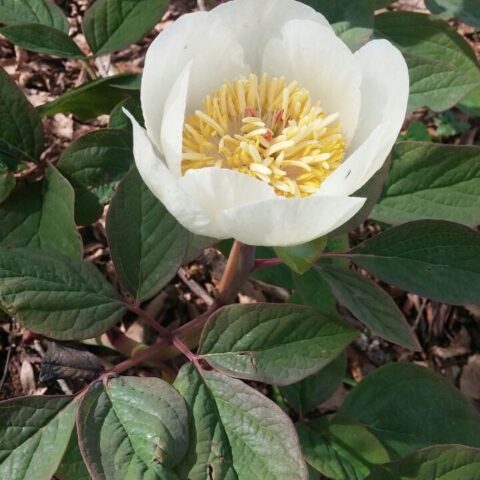
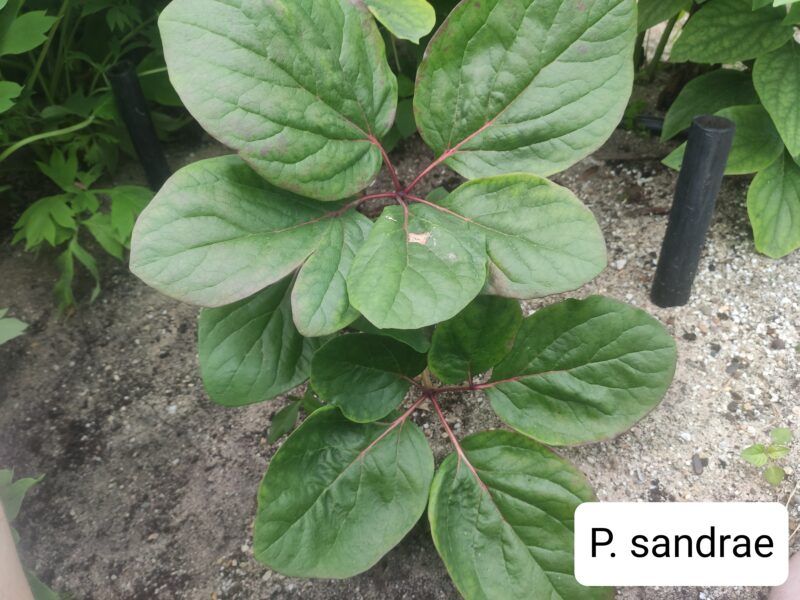
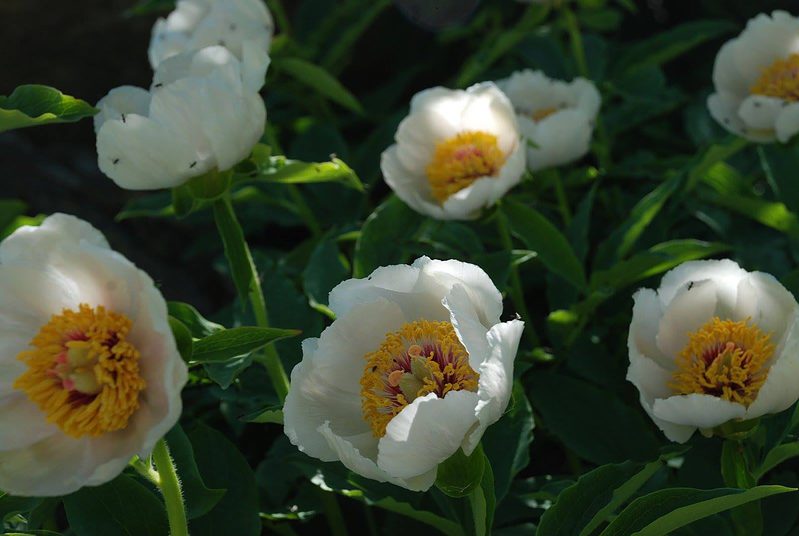
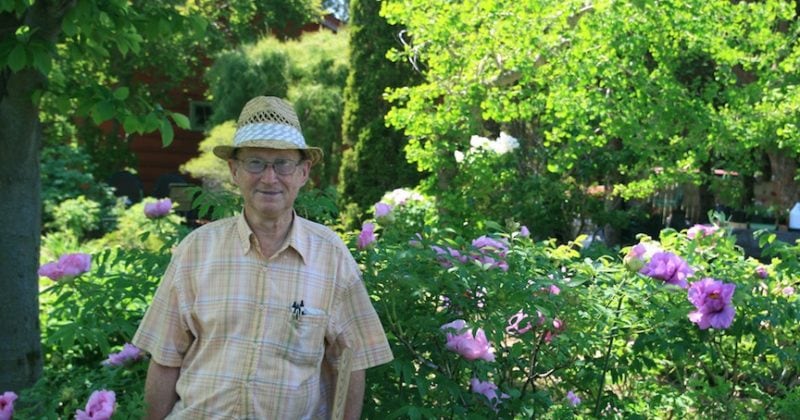
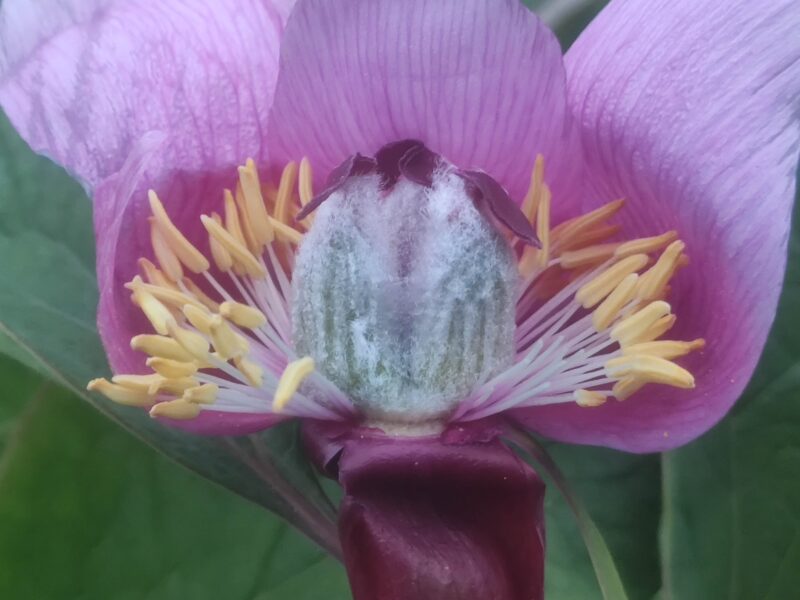

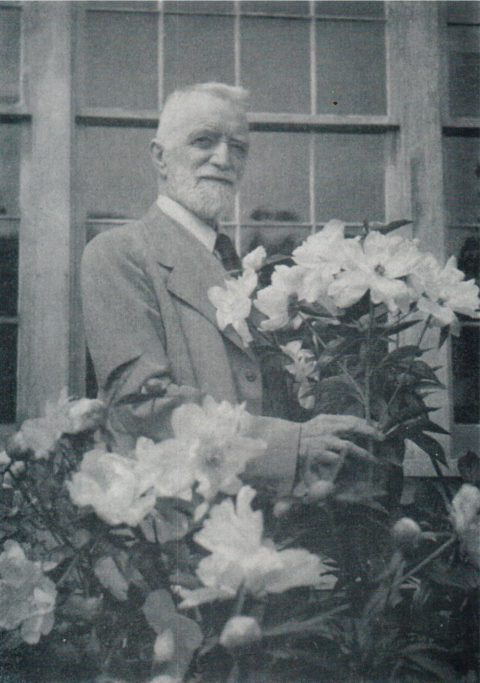
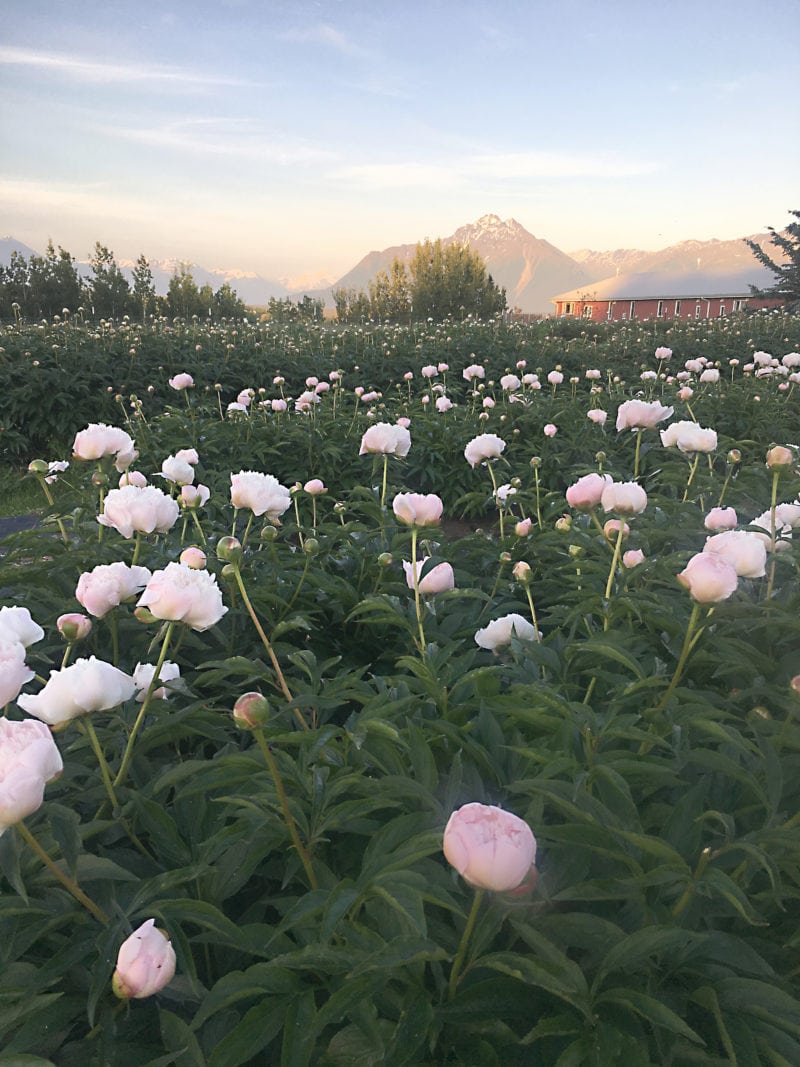
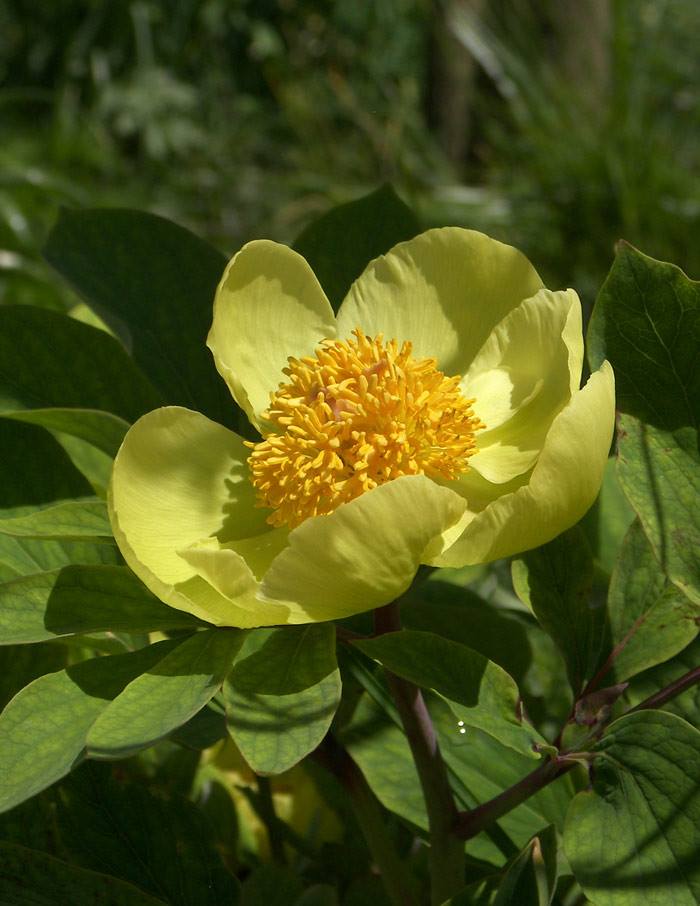


This tugs at my heartstrings, and touches the root of the root of my people.
I always knew my homeland was rich with resources, but this requires a decent, thorough reading session.
Life is taking me in new directions, but I will hold to the course, and make time for this journey.
I intend to undertake a Peony Pilgrimage one day. Go up, see them in the wild, wherever I can find them, be it in Anatolia or the Caucasus.
Oh, and I definitely dream of Luoyang.